Scandinavian design, known for its minimalism, functionality, and connection to nature, has become a global phenomenon. It’s not just a style; it’s a way of life that emphasizes simplicity, comfort, and sustainability. This approach translates beautifully into interior design, creating spaces that are both aesthetically pleasing and highly practical. From the use of natural materials to the focus on decluttering, Scandinavian design principles can transform any home into a tranquil and inviting haven. These tips will delve into specific aspects of Scandinavian design, offering practical advice on how to incorporate this style into your own space. We’ll explore everything from color palettes and furniture choices to lighting and accessories, providing a comprehensive guide to achieving that coveted Scandinavian look and feel. Each tip builds upon the previous one, creating a cohesive understanding of this design philosophy.
1. Embrace A Neutral Color Palette
Building upon the introduction, the foundation of Scandinavian design lies in its muted color palette. Think whites, greys, beiges, and soft pastels. These colors create a bright and airy atmosphere, maximizing natural light and making spaces feel larger. This doesn’t mean your space has to be boring, however. You can add depth and interest with subtle variations in tone and texture. For example, pairing a crisp white with a warm grey or a creamy off-white can create a sophisticated and inviting feel. Consider using different shades of white on the walls, trim, and ceiling to add subtle dimension. This approach creates a clean backdrop that allows other design elements to shine. This neutral base also provides a versatile canvas for incorporating pops of color through textiles, artwork, or plants.
The design idea is involving objects like Color Palette, Whites, Greys, Beiges, Pastels, Natural Light, Texture
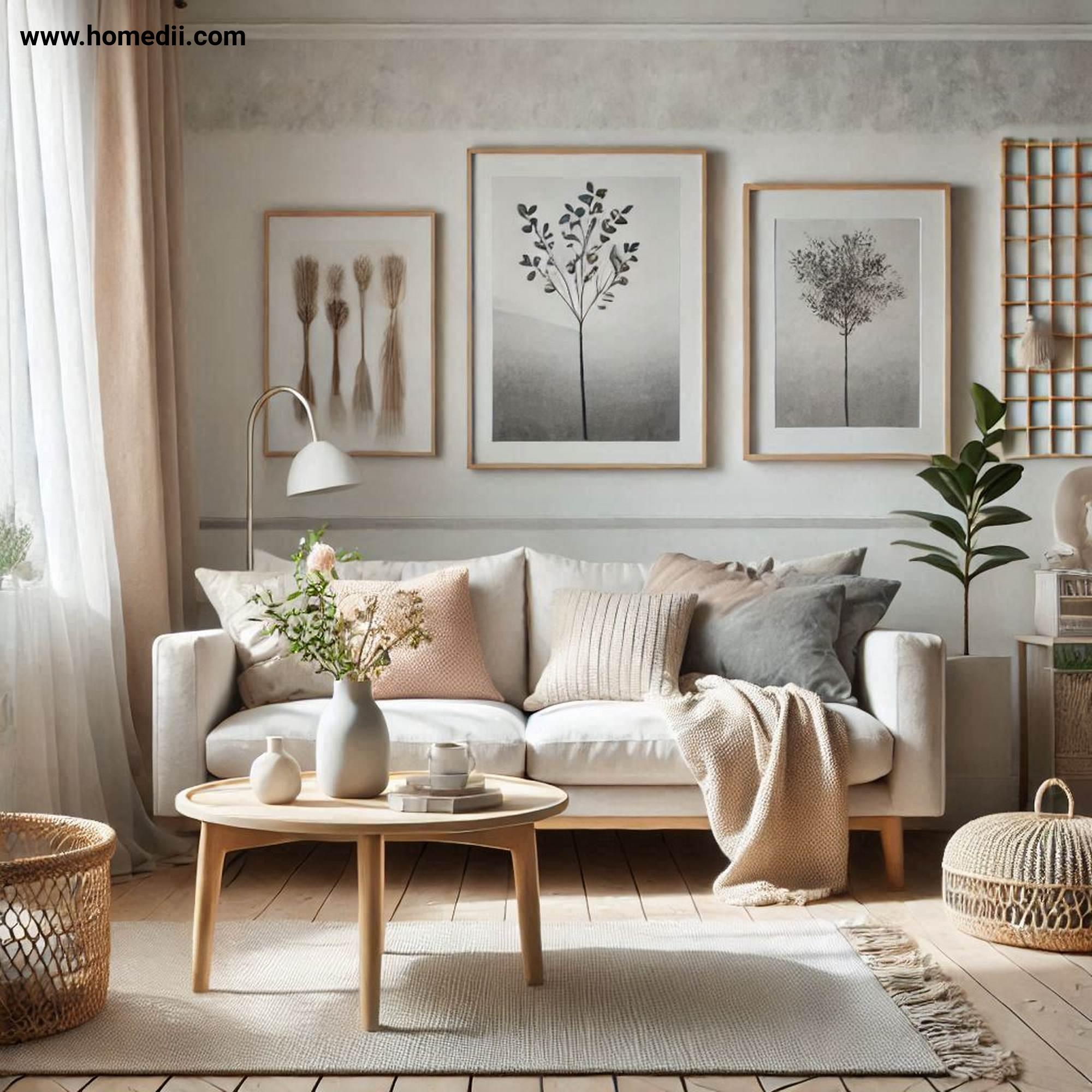
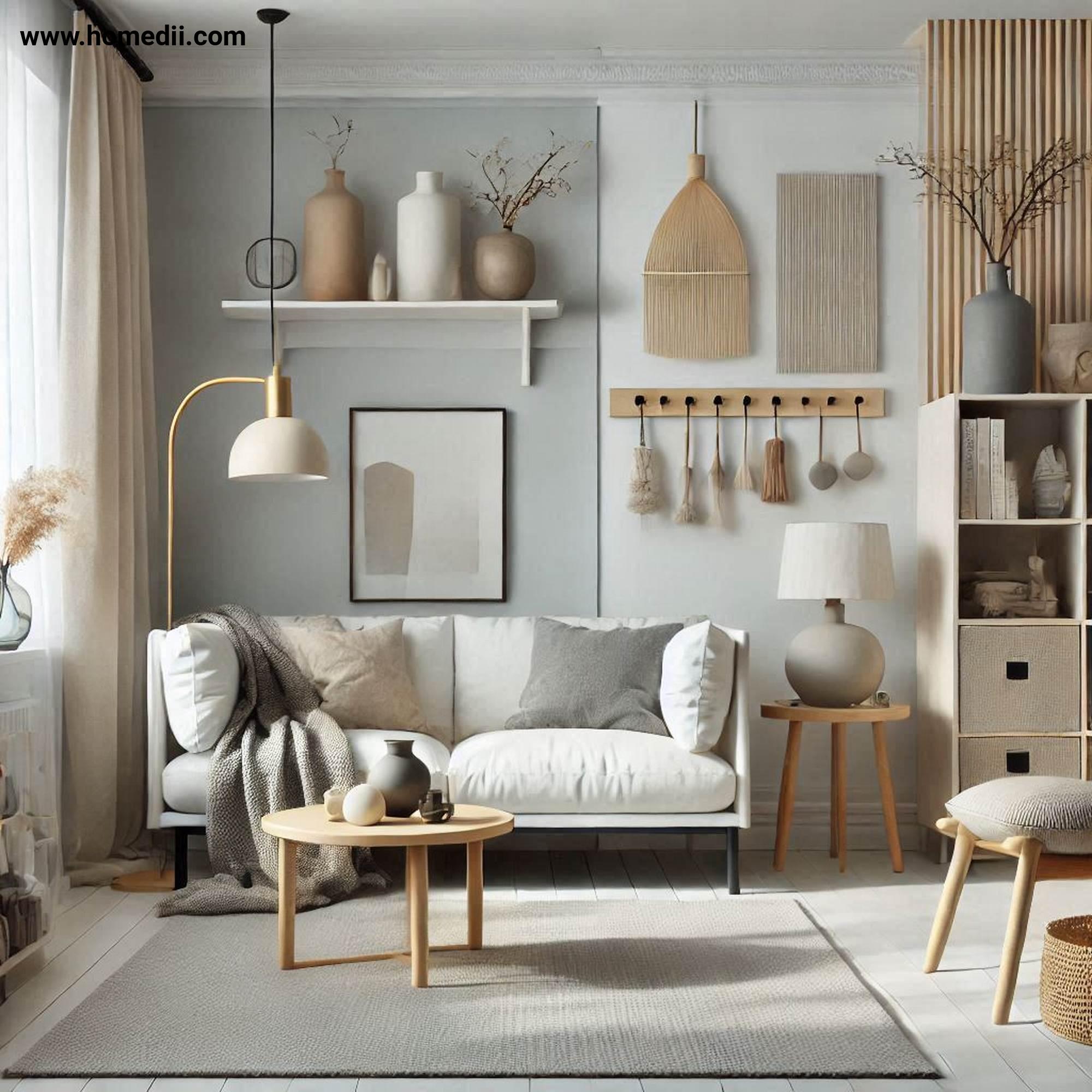
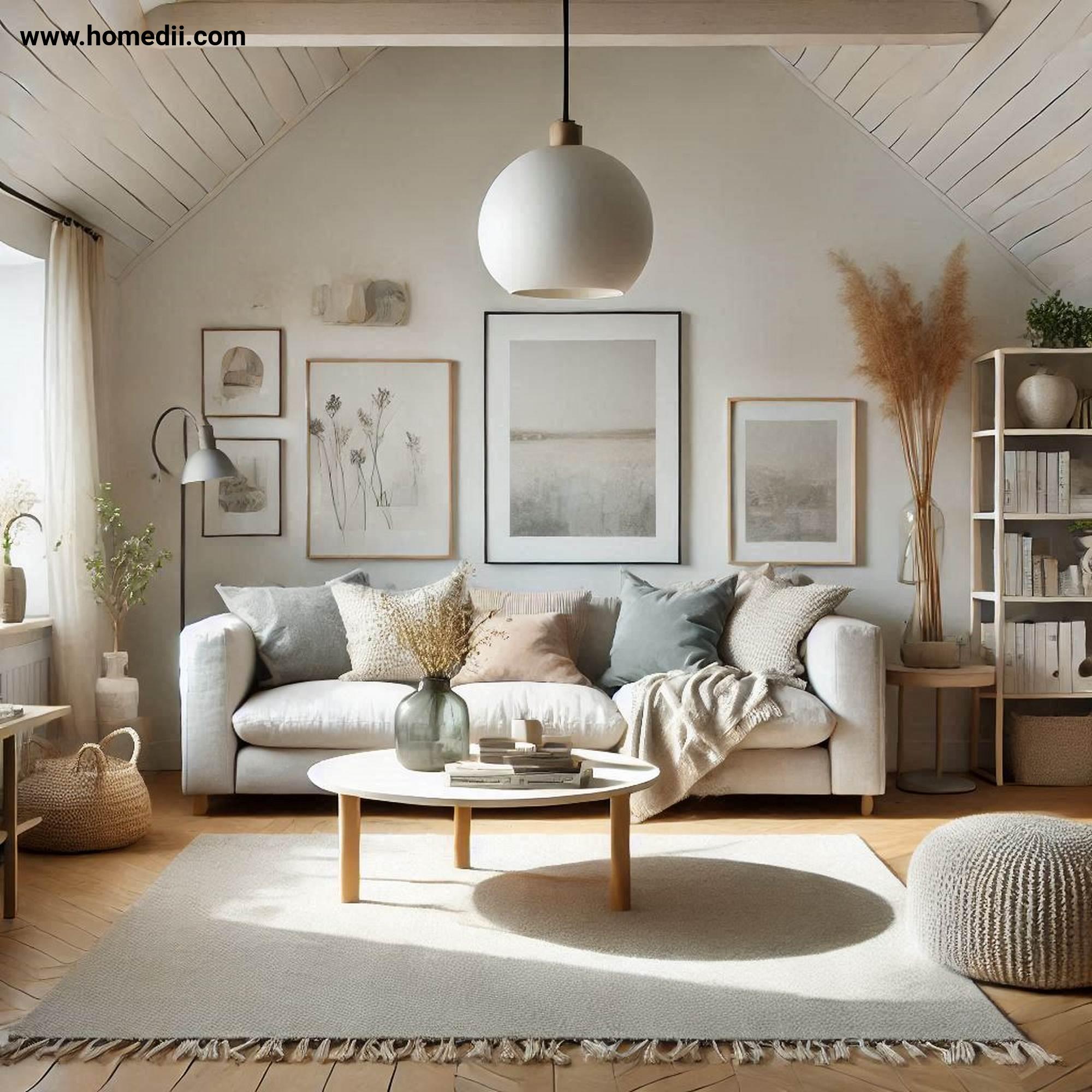
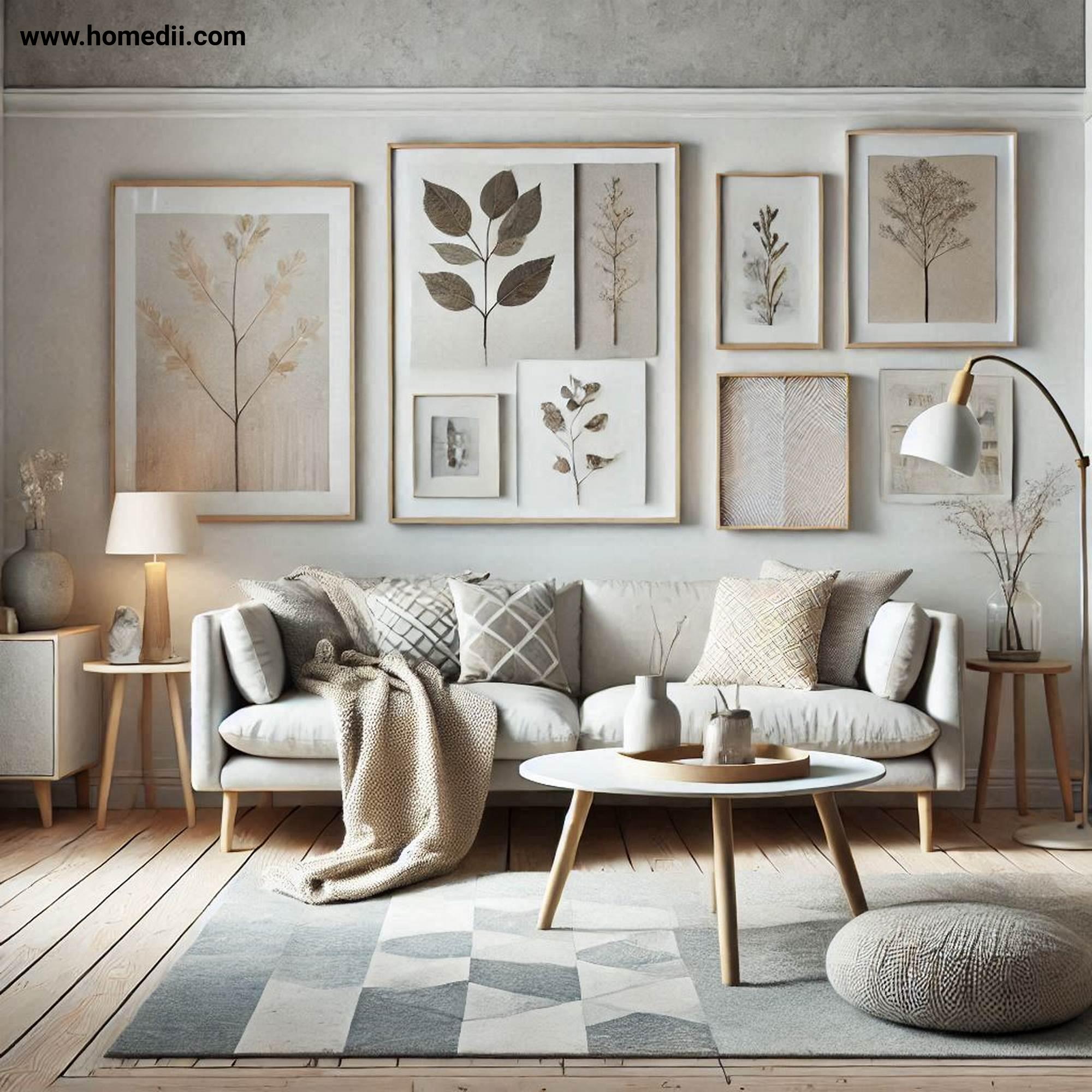
2. Prioritize Natural Materials
Following the neutral palette, Scandinavian design strongly emphasizes the use of natural materials. Wood, particularly light-toned woods like birch, pine, and oak, is a staple. It brings warmth and a sense of connection to nature into the home. These materials are often used for flooring, furniture, and even wall paneling. Other natural materials like wool, linen, and cotton are favored for textiles, adding softness and texture to the space. Incorporating natural materials is not only aesthetically pleasing but also sustainable, aligning with the Scandinavian ethos of respecting the environment. Consider adding a sheepskin rug for extra coziness, or use linen curtains to diffuse natural light softly.
The design idea is involving objects like Wood, Birch, Pine, Oak, Wool, Linen, Cotton, Textiles, Sustainability
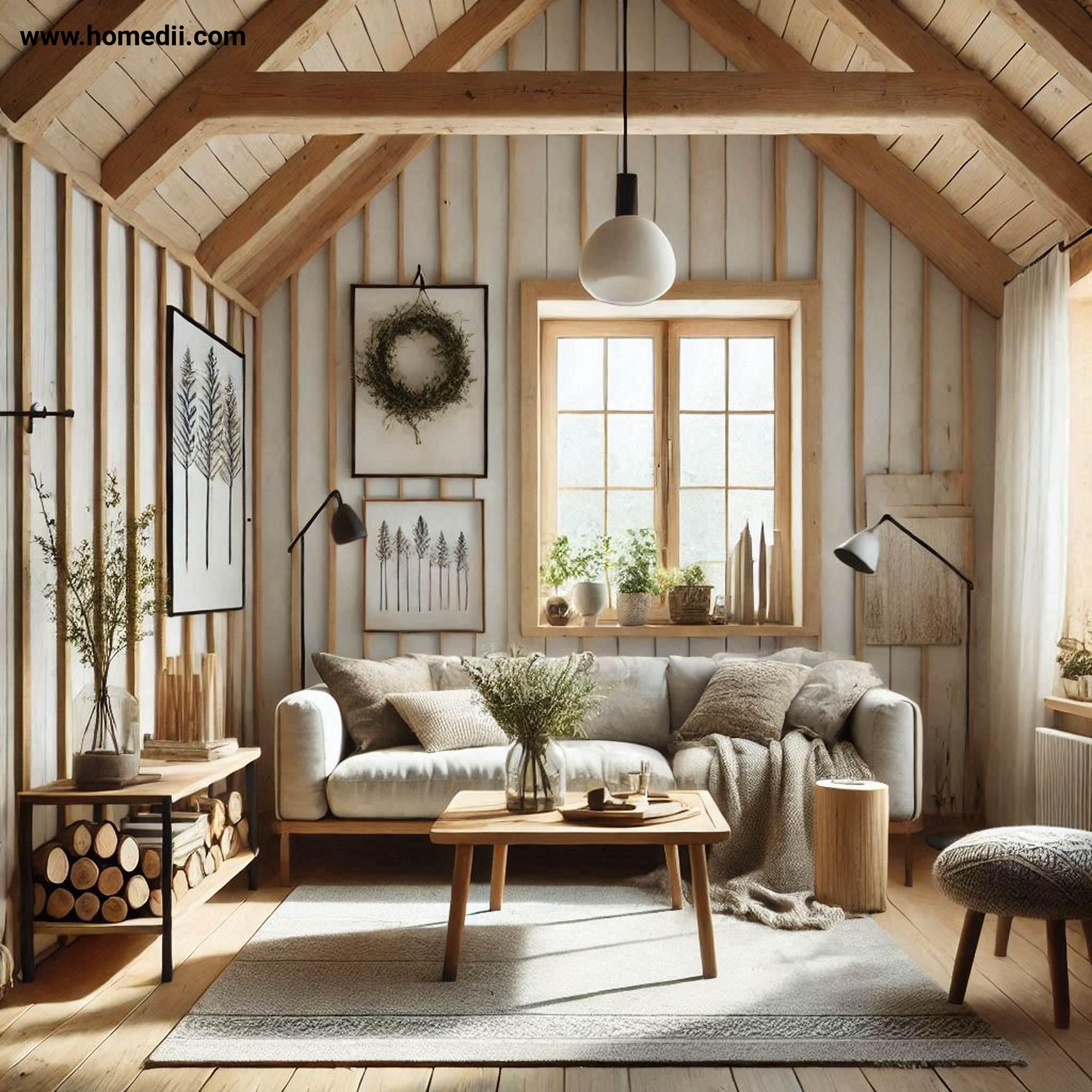
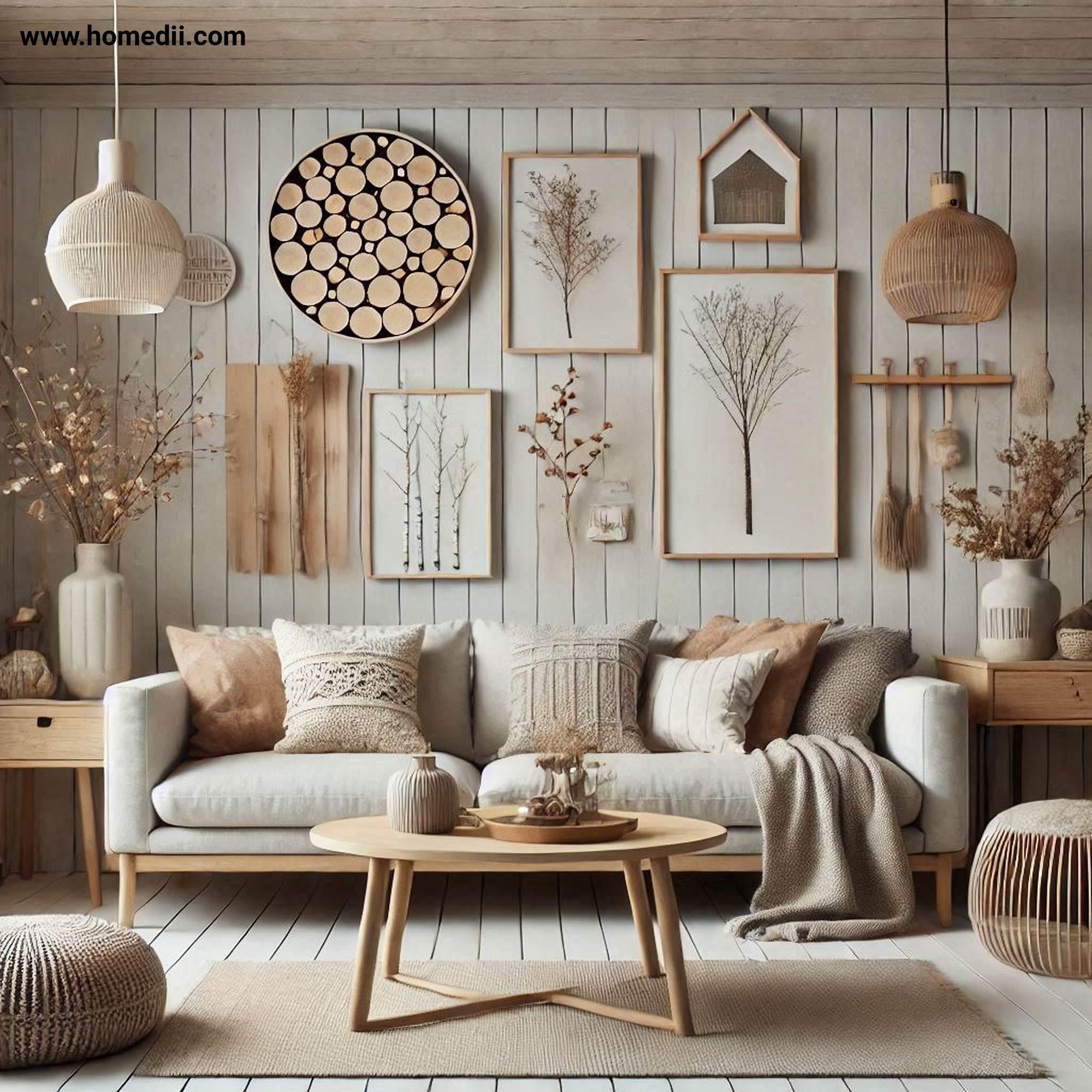
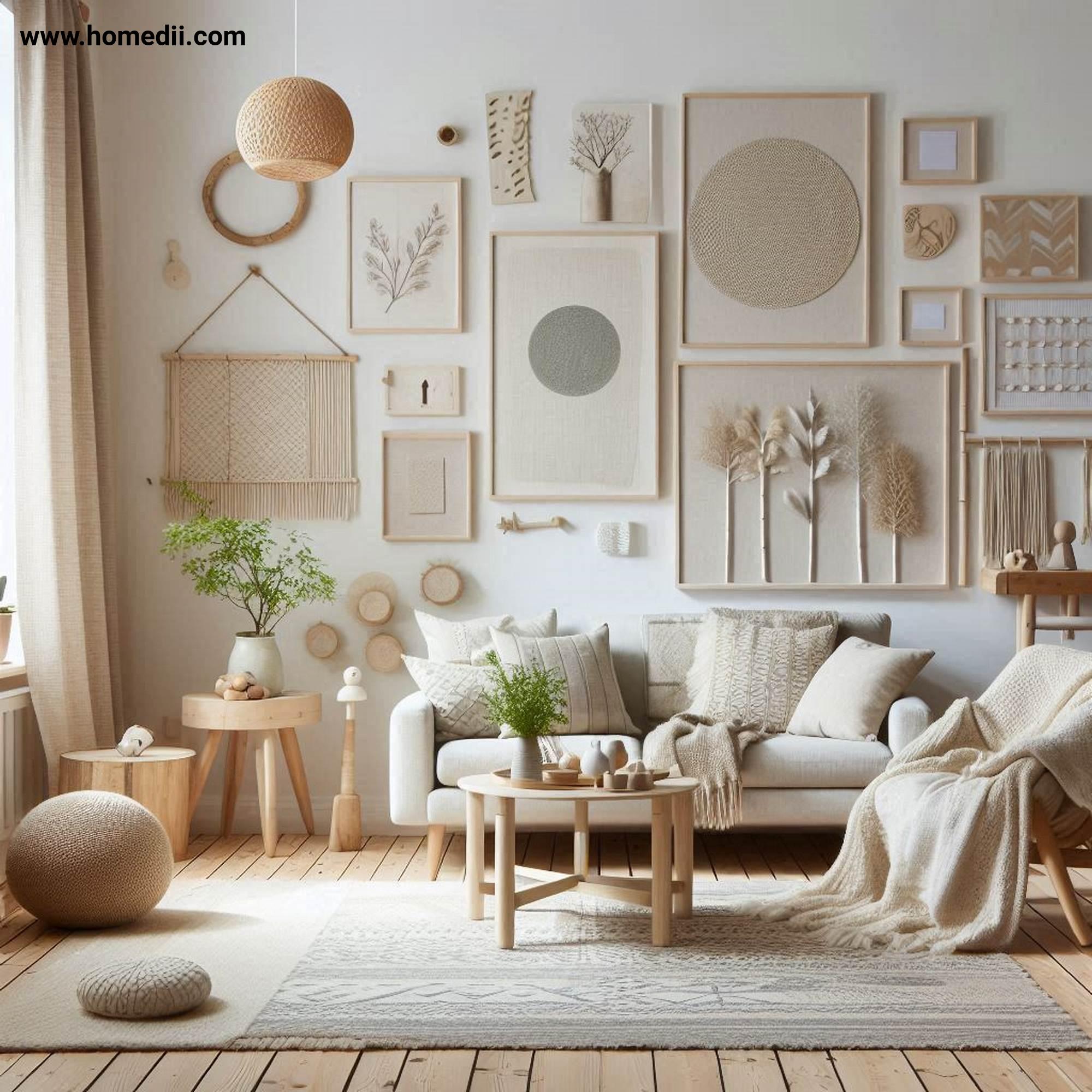
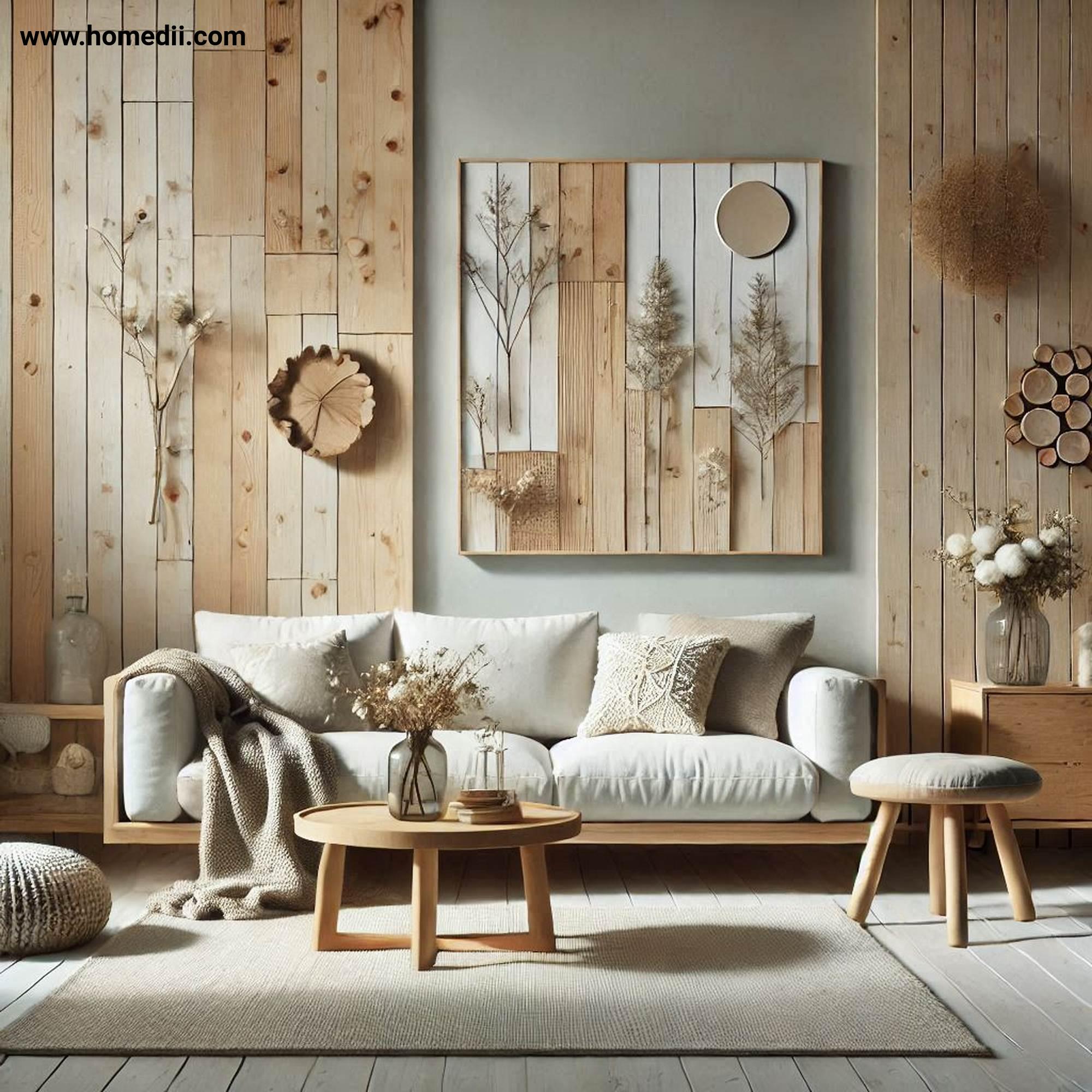
3. Focus On Functionality And Decluttering
Continuing with the theme of natural elements, a core principle of Scandinavian design is functionality. Every item in the space should serve a purpose. This means avoiding unnecessary clutter and opting for furniture and décor that are both beautiful and practical. Storage solutions are key in Scandinavian interiors. Consider using baskets, boxes, and other storage containers to keep belongings organized and out of sight. This focus on functionality creates a calm and uncluttered environment, which is essential for achieving the Scandinavian aesthetic. Decluttering also allows the carefully chosen pieces to stand out and be appreciated.
The design idea is involving objects like Functionality, Decluttering, Storage Solutions, Baskets, Boxes
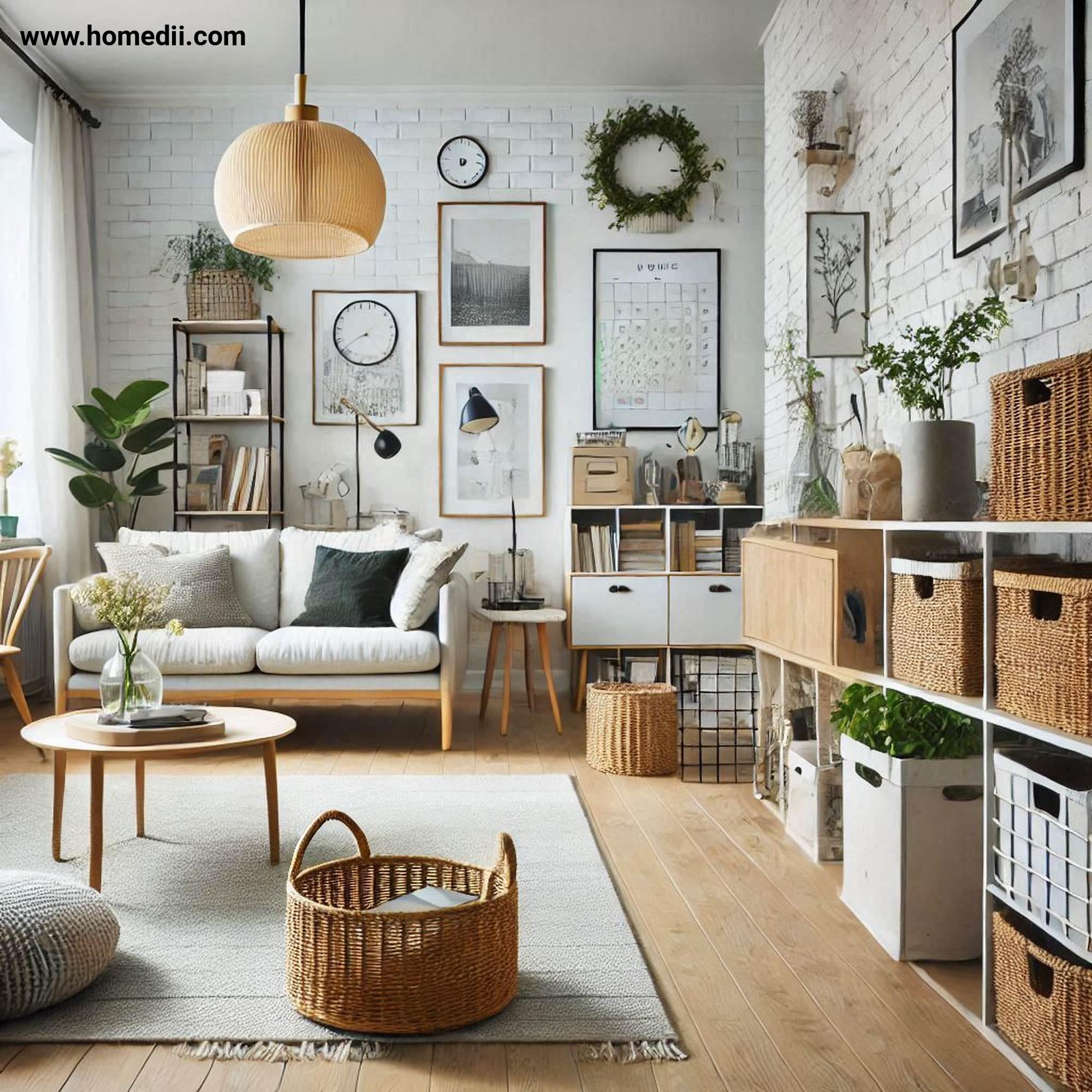
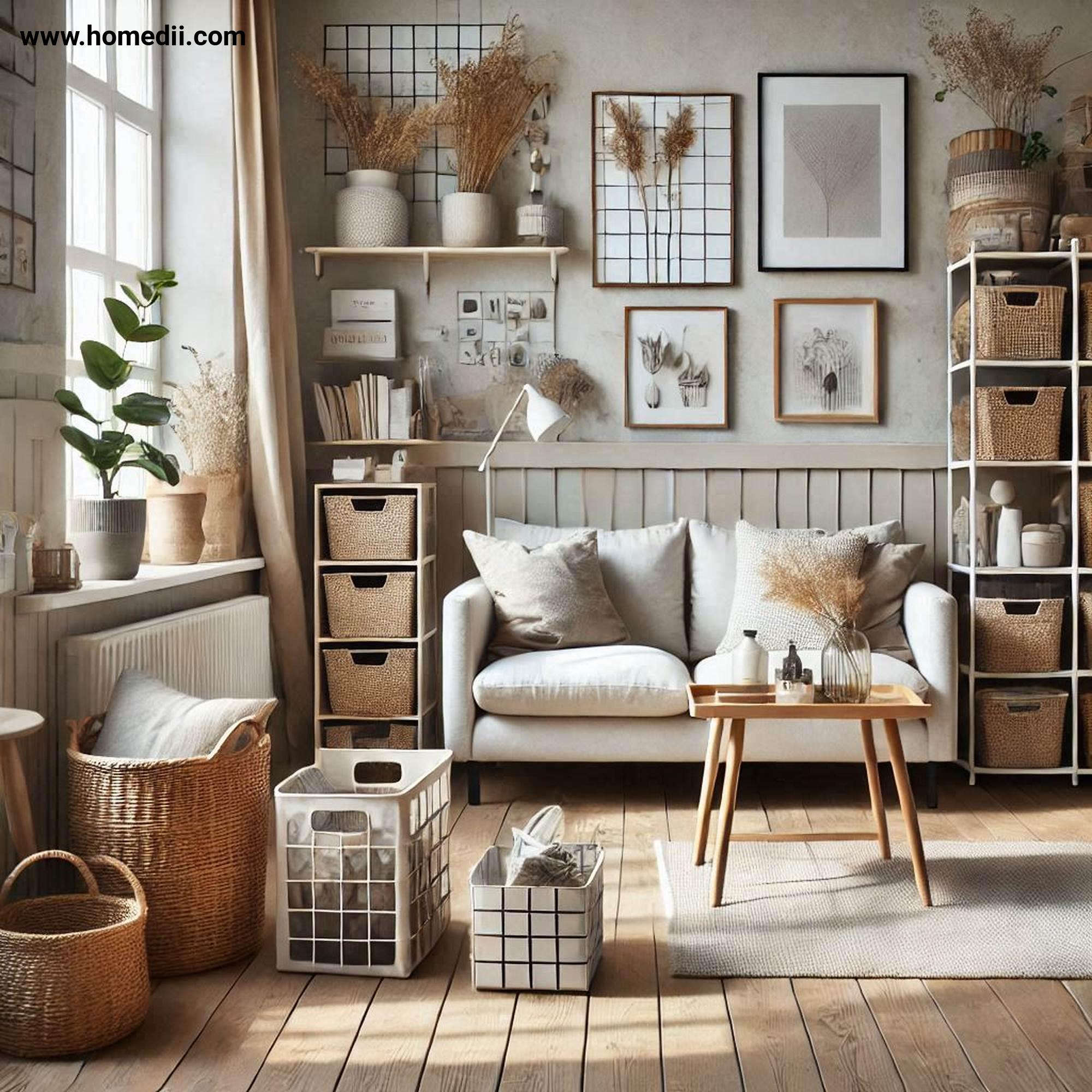
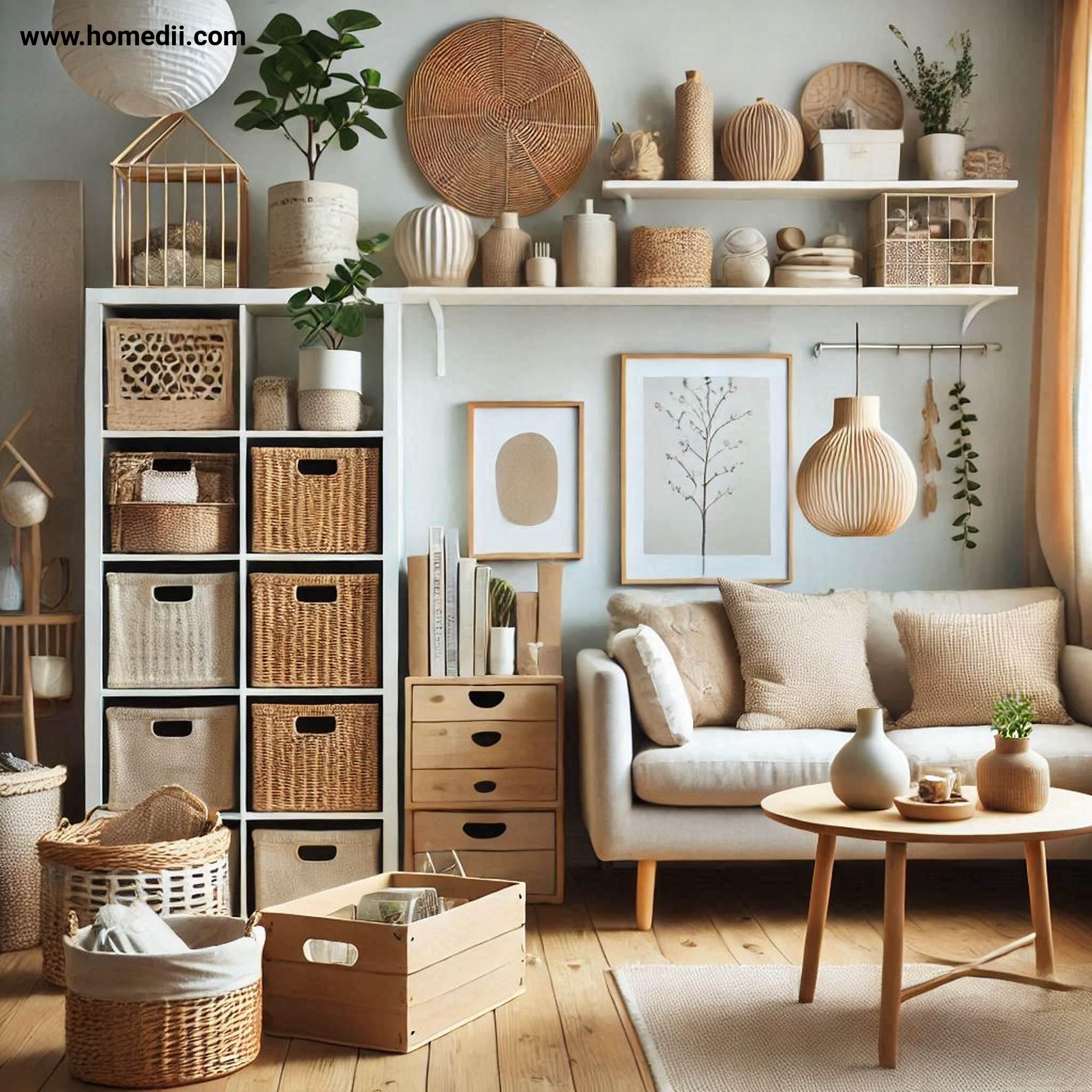
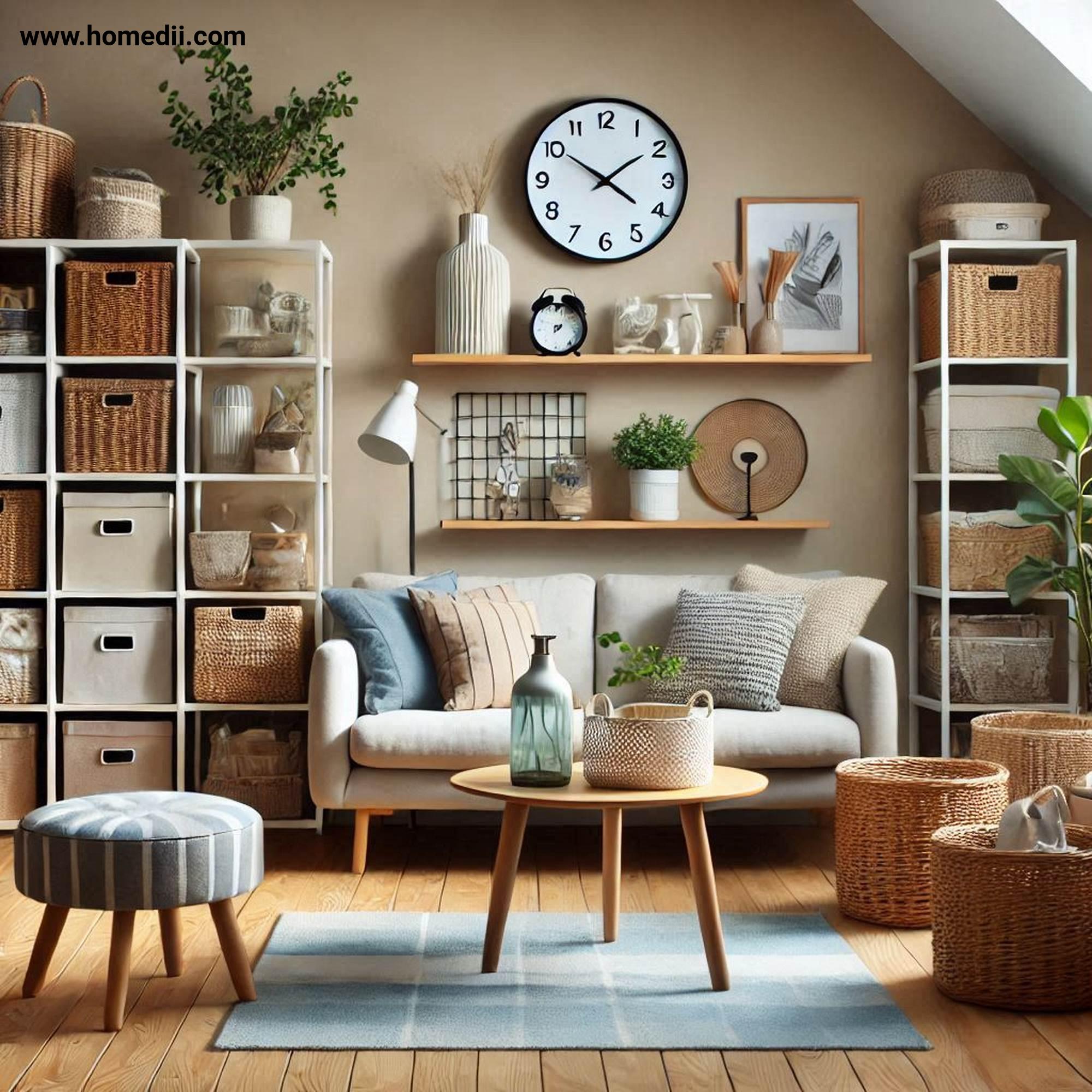
4. Maximize Natural Light
Further emphasizing the importance of a calm environment, natural light is highly valued in Scandinavian design. Given the long, dark winters in Nordic countries, maximizing daylight is crucial. This is achieved by using minimal window coverings, such as sheer curtains or blinds, and strategically placing mirrors to reflect light throughout the space. Light-colored walls and flooring also help to amplify natural light. Creating a bright and airy atmosphere is essential for creating a welcoming and uplifting space. This also contributes to the overall feeling of spaciousness, even in smaller homes.
The design idea is involving objects like Natural Light, Window Coverings, Mirrors, Light-Colored Walls, Flooring
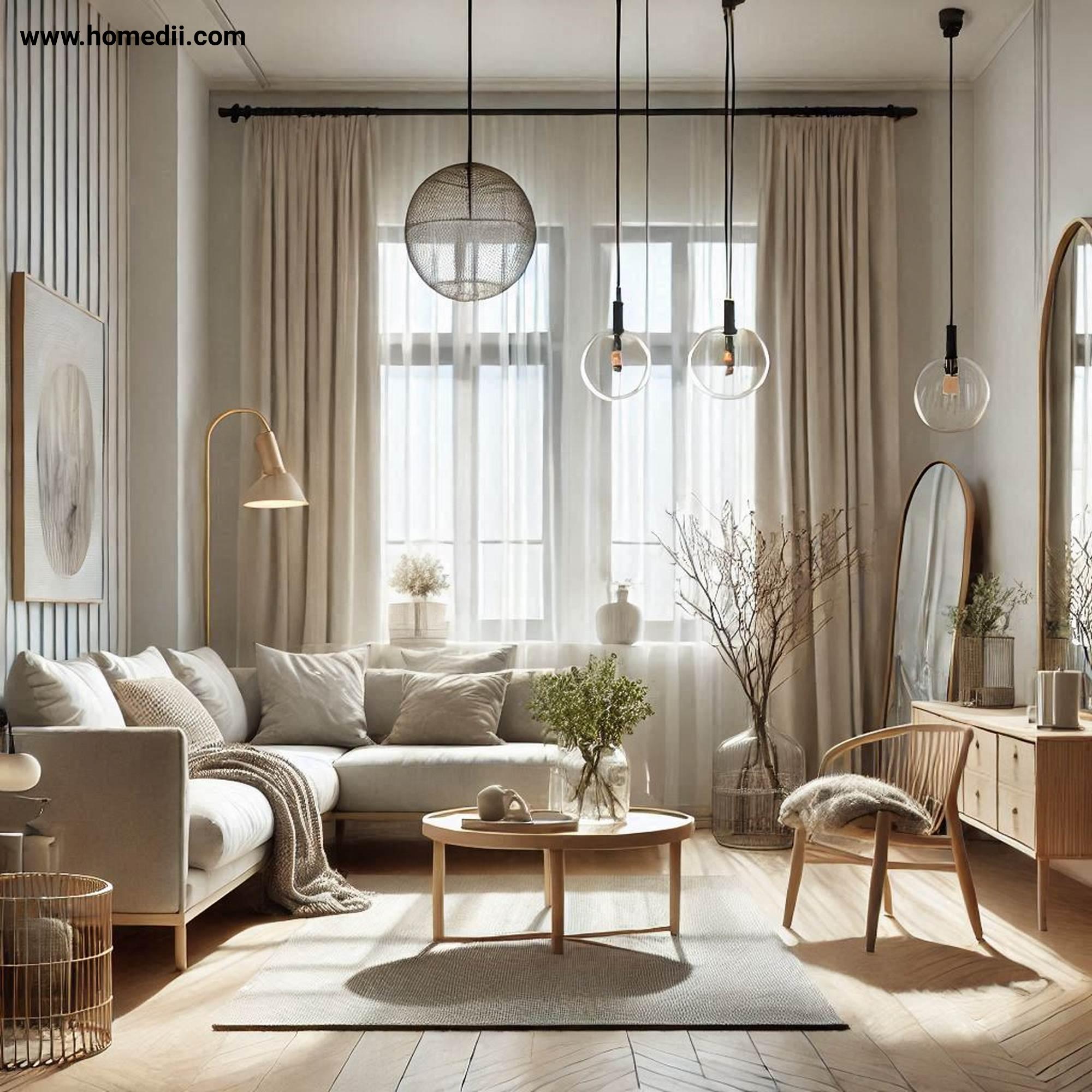
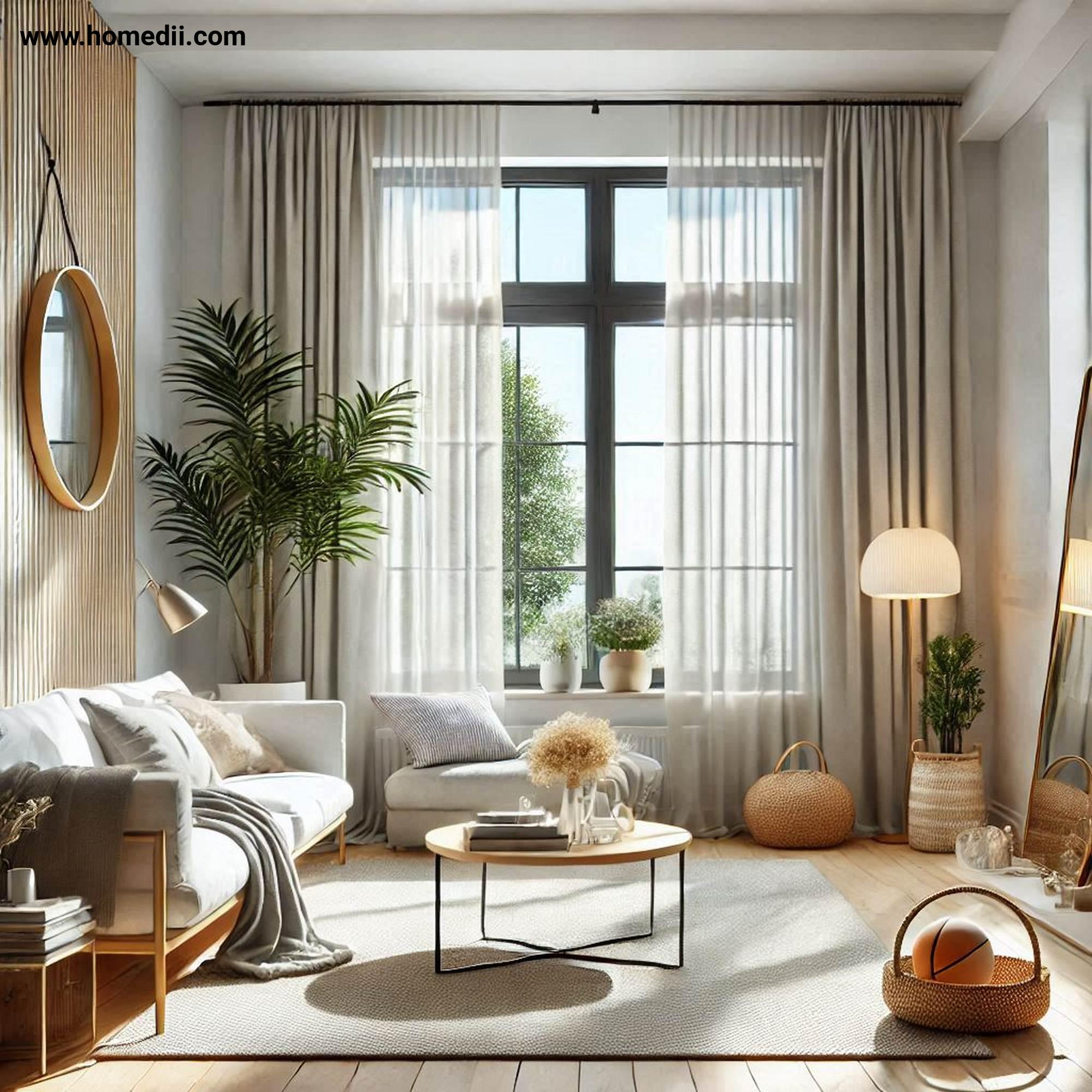
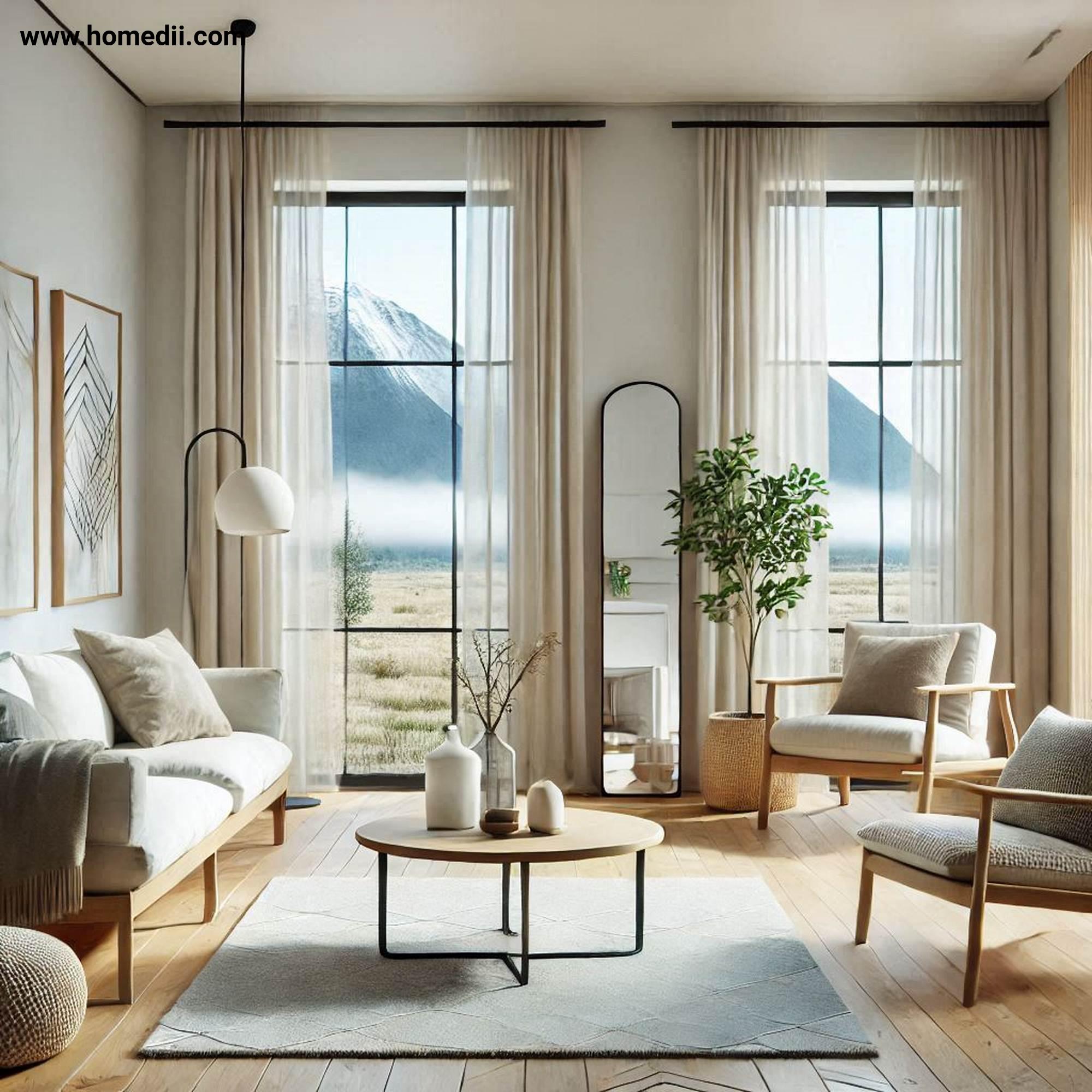
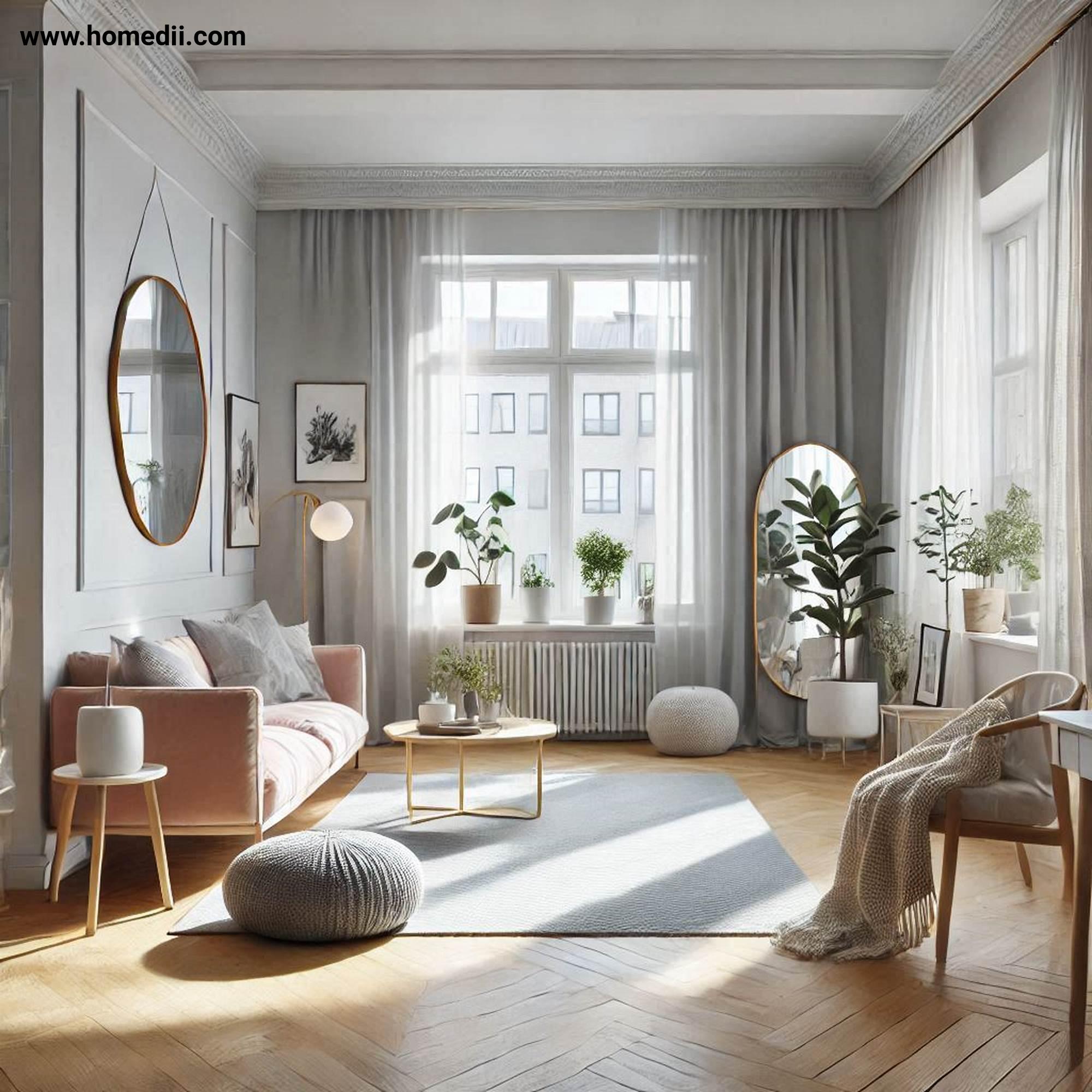
5. Incorporate Cozy Textiles
Building on the importance of light, while Scandinavian design prioritizes minimalism, it doesn’t sacrifice comfort. Cozy textiles play a crucial role in creating a warm and inviting atmosphere. Think soft throws, plush rugs, and comfortable cushions. These elements add texture and warmth to the space, making it feel more lived-in and inviting. Natural fibers like wool, sheepskin, and linen are preferred, aligning with the focus on natural materials. Layering different textures and patterns can add depth and visual interest to the space, while still maintaining a sense of simplicity.
The design idea is involving objects like Textiles, Throws, Rugs, Cushions, Wool, Sheepskin, Linen, Texture, Patterns
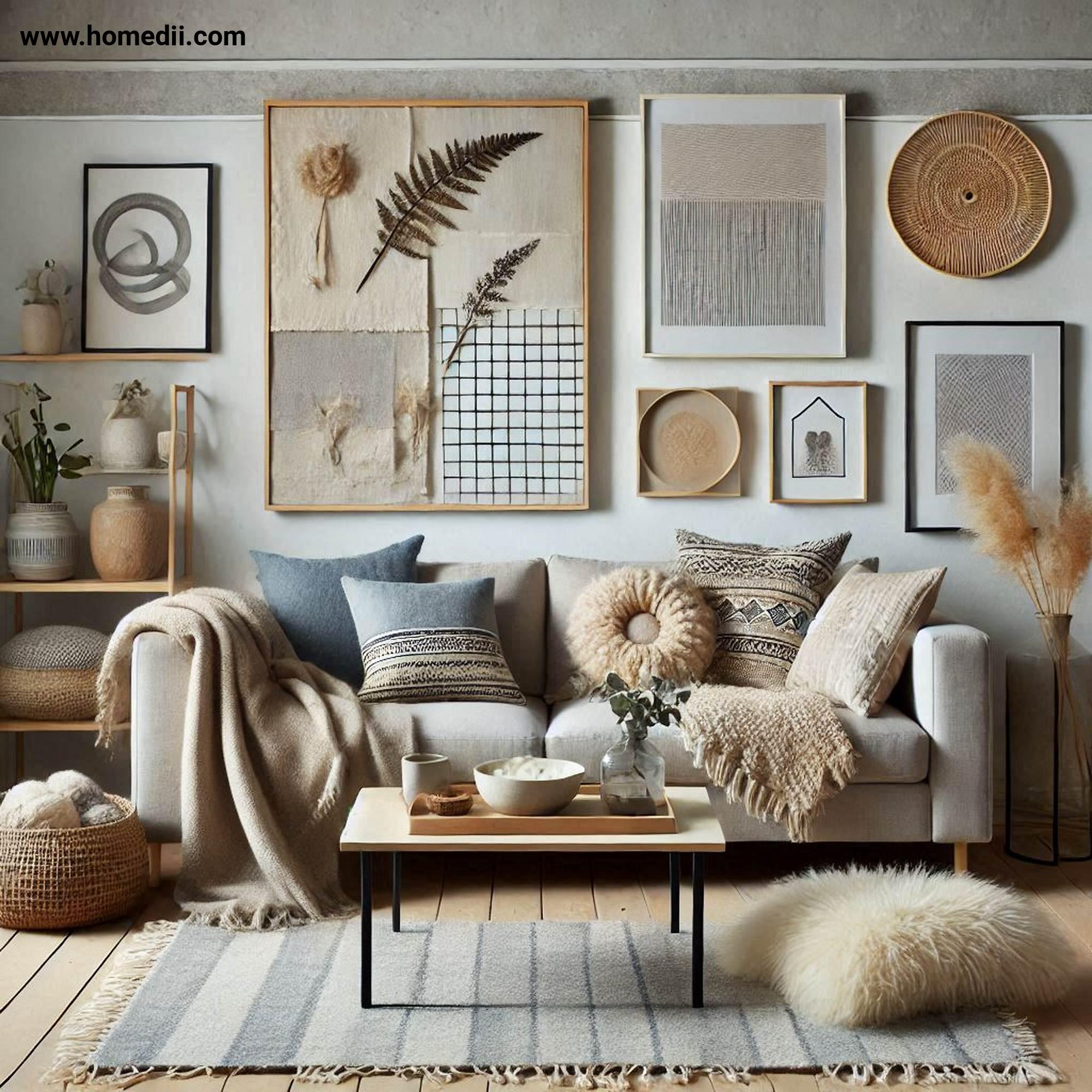
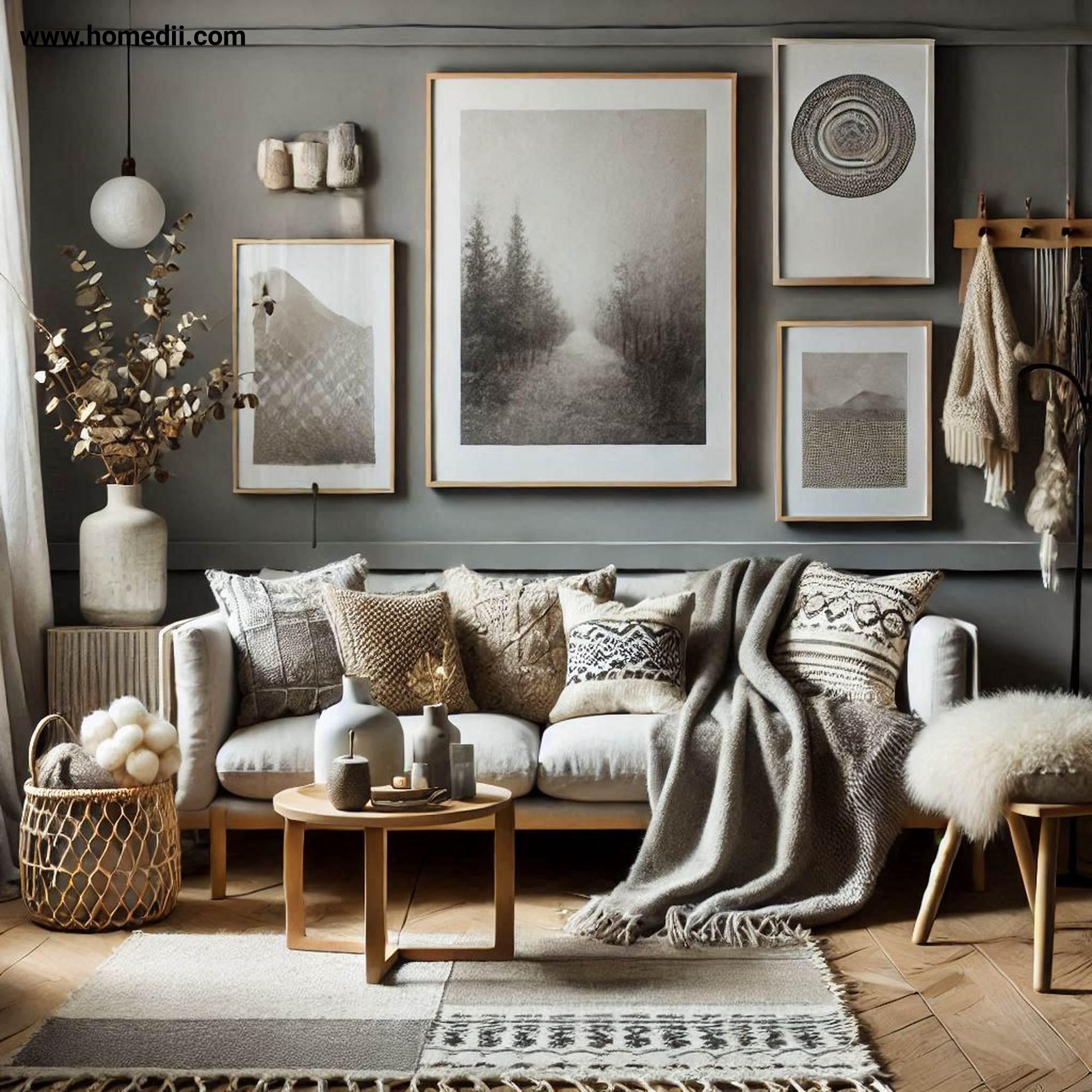
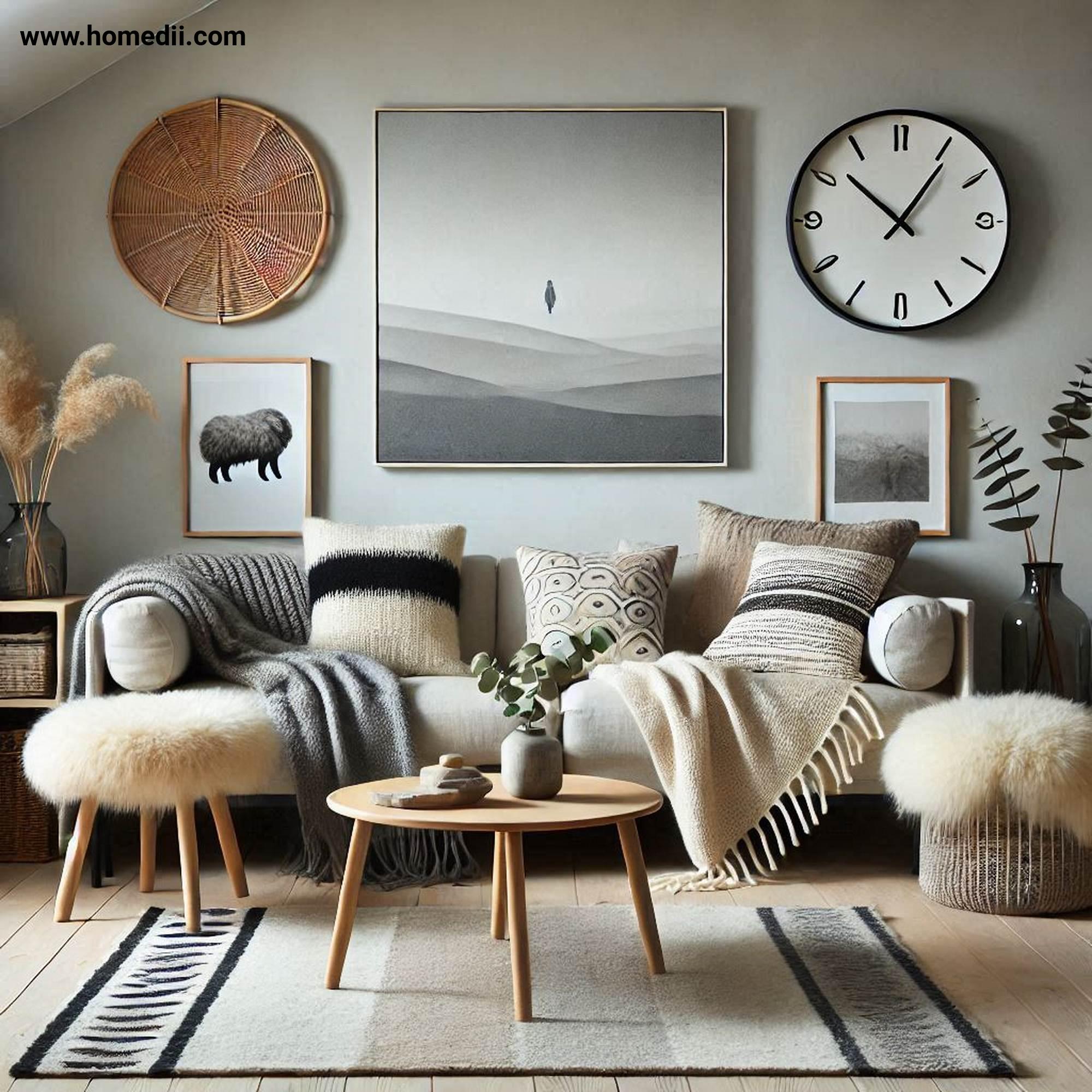
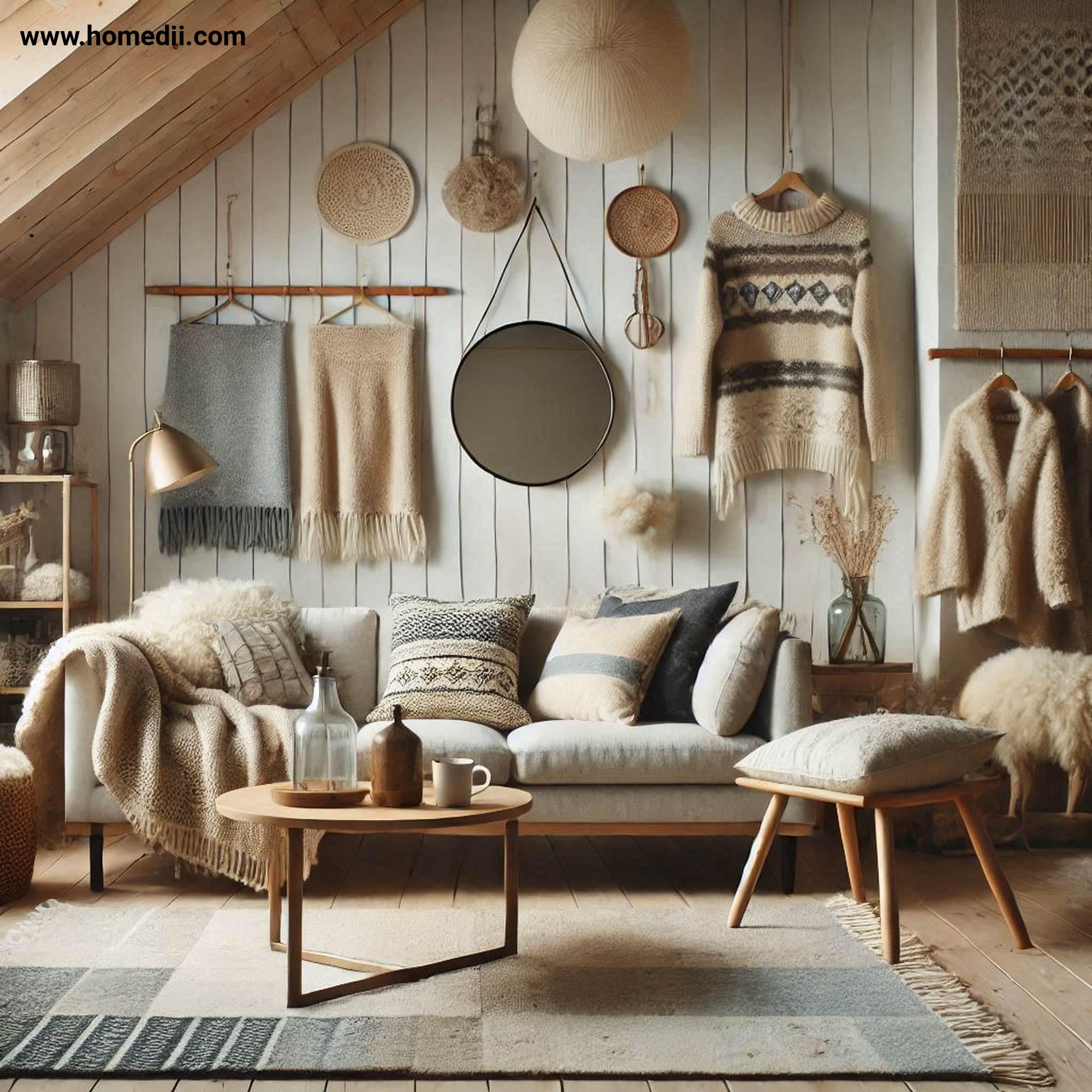
6. Add Greenery With Plants
Continuing with the theme of comfort, plants are an essential element in Scandinavian design. They bring a touch of nature indoors, adding life and vibrancy to the space. Greenery also helps to purify the air and create a more relaxing environment. Choose easy-to-care-for plants like snake plants, ferns, and succulents. Placing plants in simple, unadorned pots will complement the minimalist aesthetic. Consider grouping plants together to create a small indoor garden or placing a single statement plant in a prominent spot.
The design idea is involving objects like Plants, Snake Plants, Ferns, Succulents, Greenery, Indoor Garden
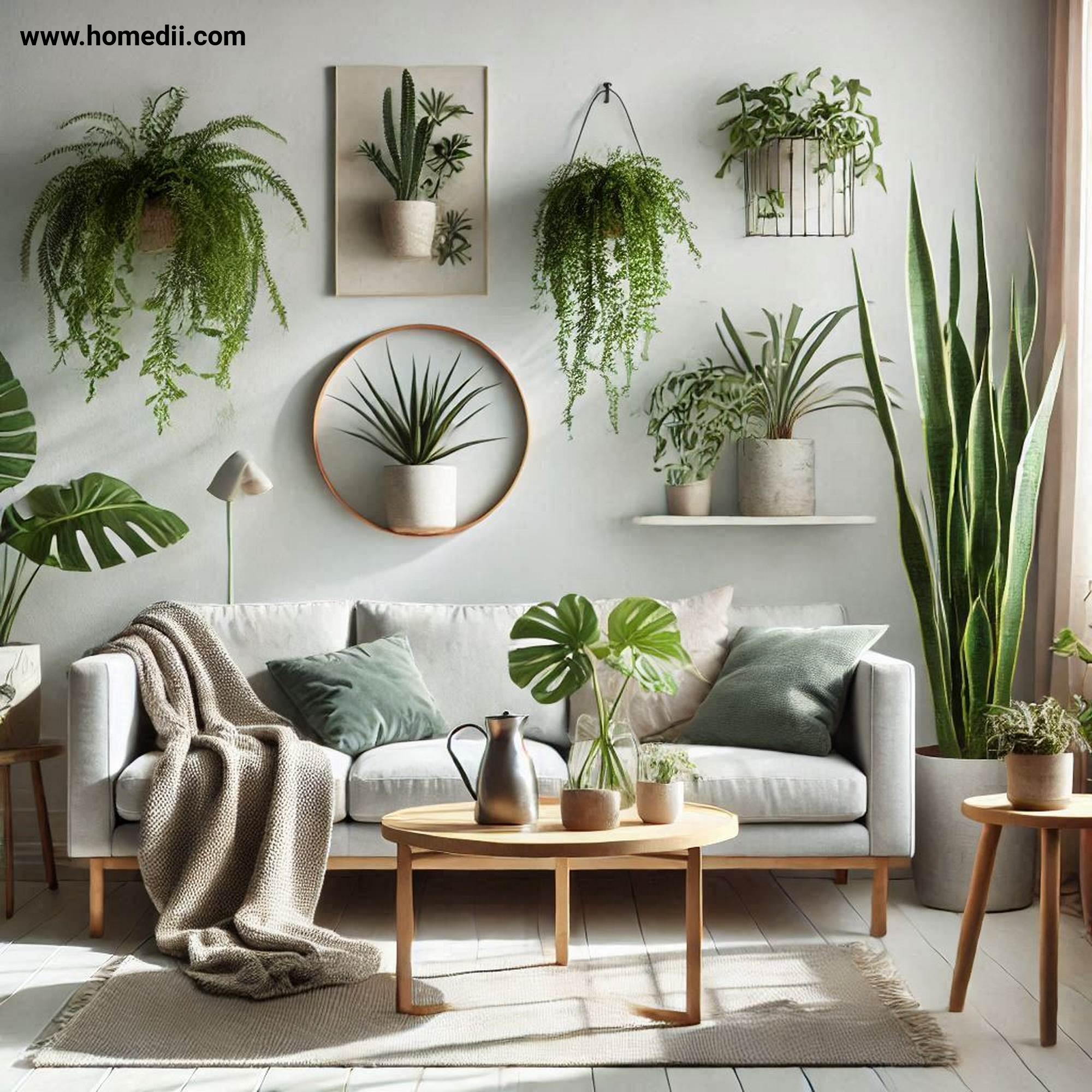
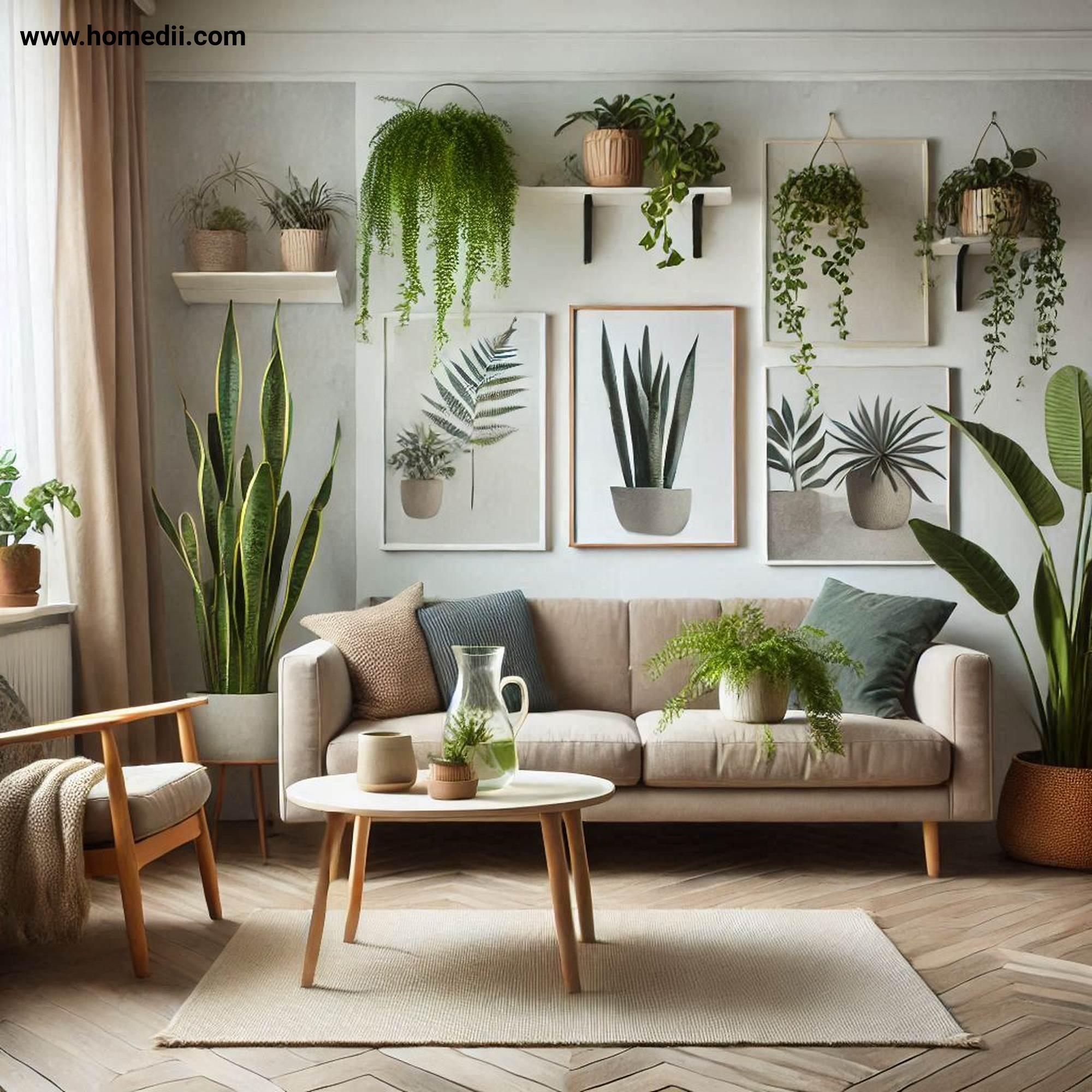
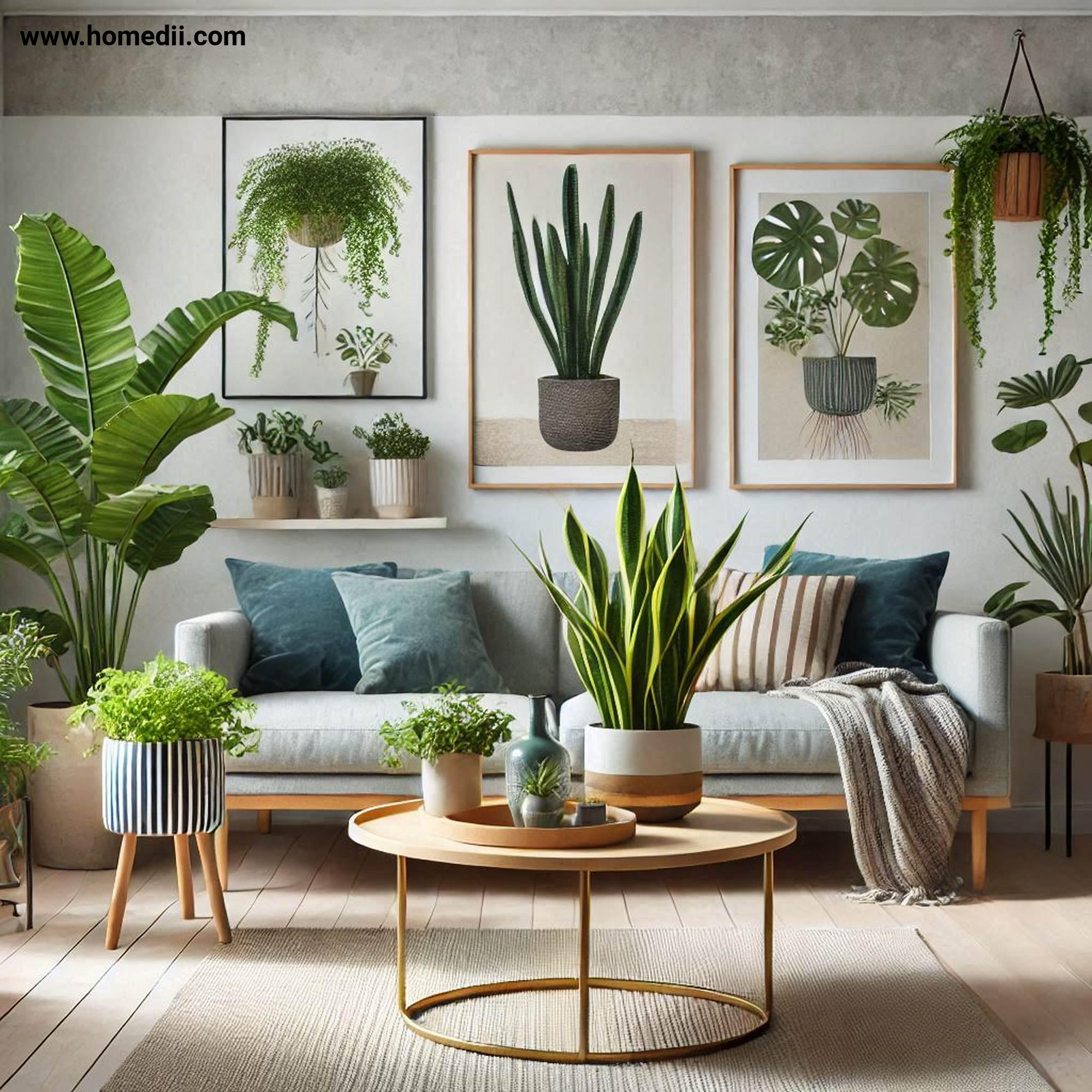
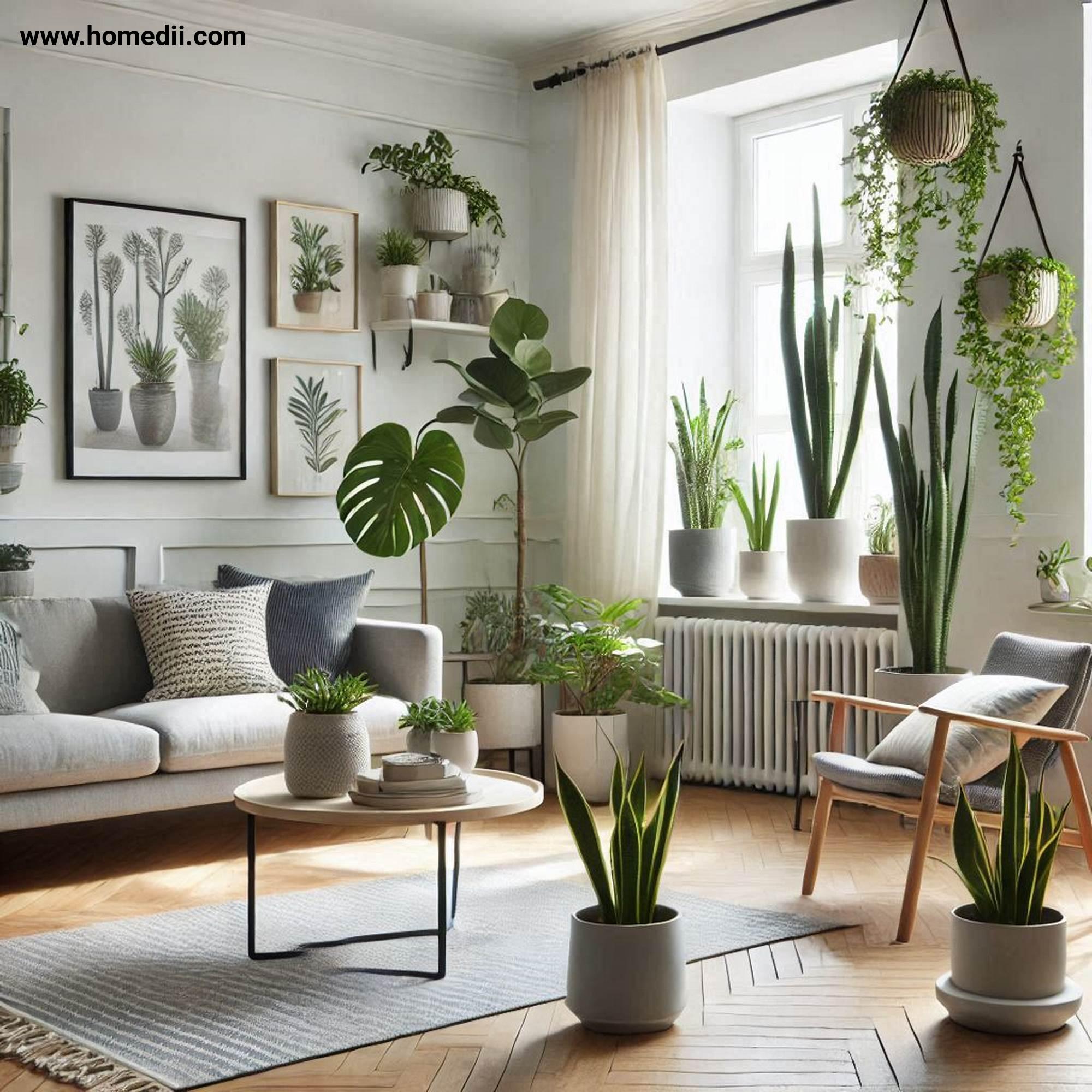
7. Choose Simple And Functional Furniture
Following the theme of bringing nature indoors, Scandinavian furniture is characterized by its simple lines, functional design, and high-quality craftsmanship. Pieces are often made from natural materials, like wood, and are designed to be both beautiful and practical. Avoid overly ornate or decorative furniture. Instead, opt for clean-lined pieces with a timeless appeal. Investing in a few well-made pieces will create a lasting foundation for your Scandinavian-inspired interior.
The design idea is involving objects like Furniture, Wood, Craftsmanship, Design
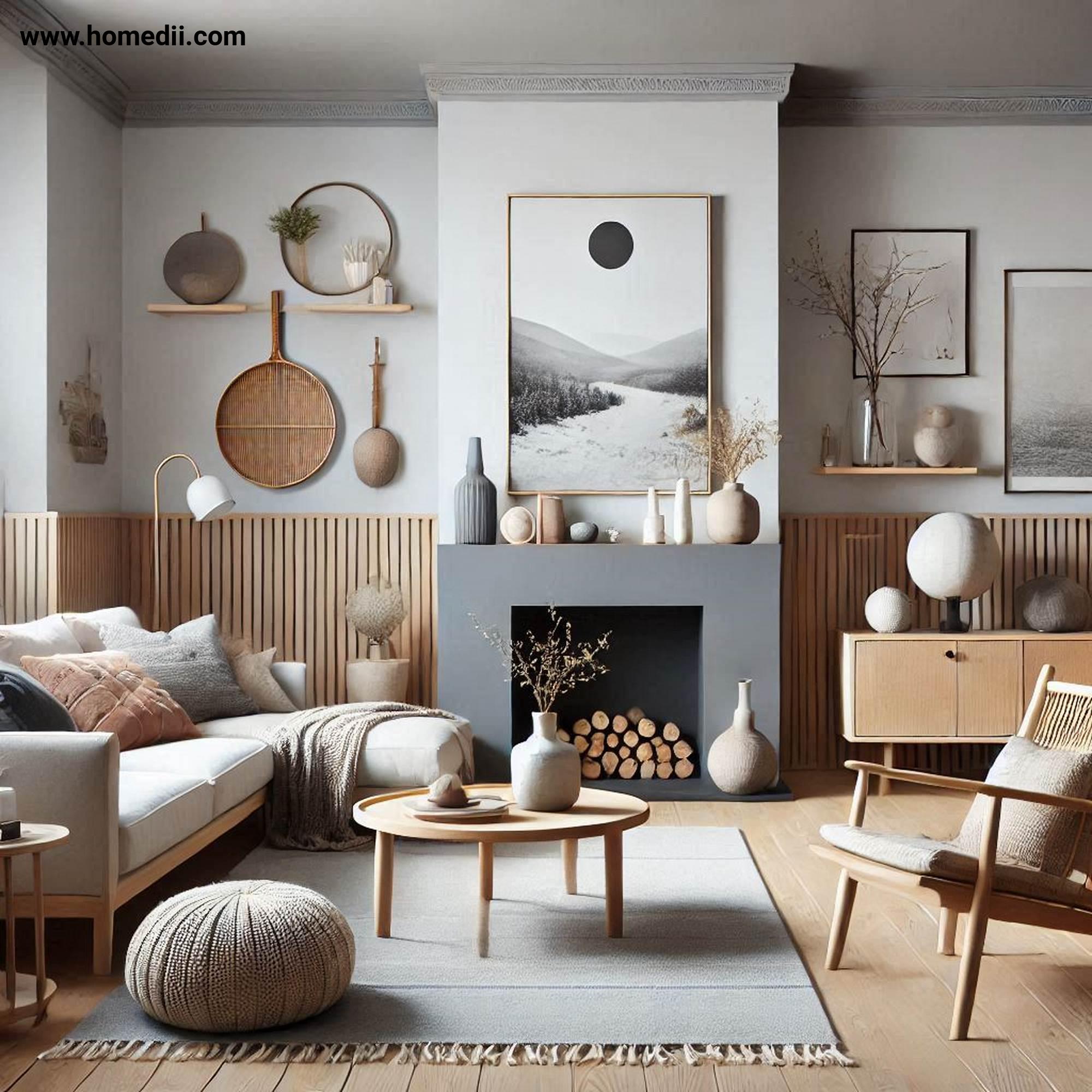
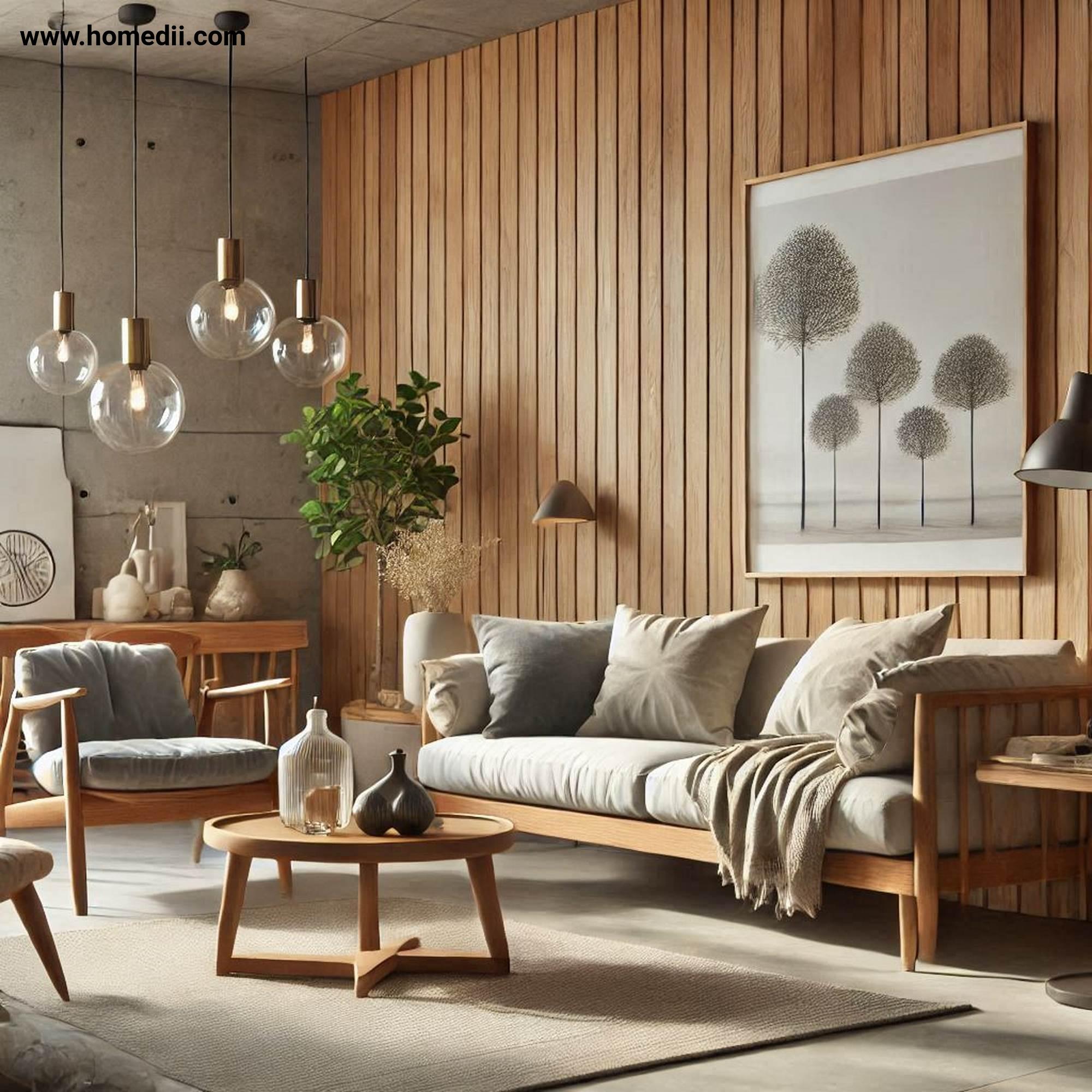
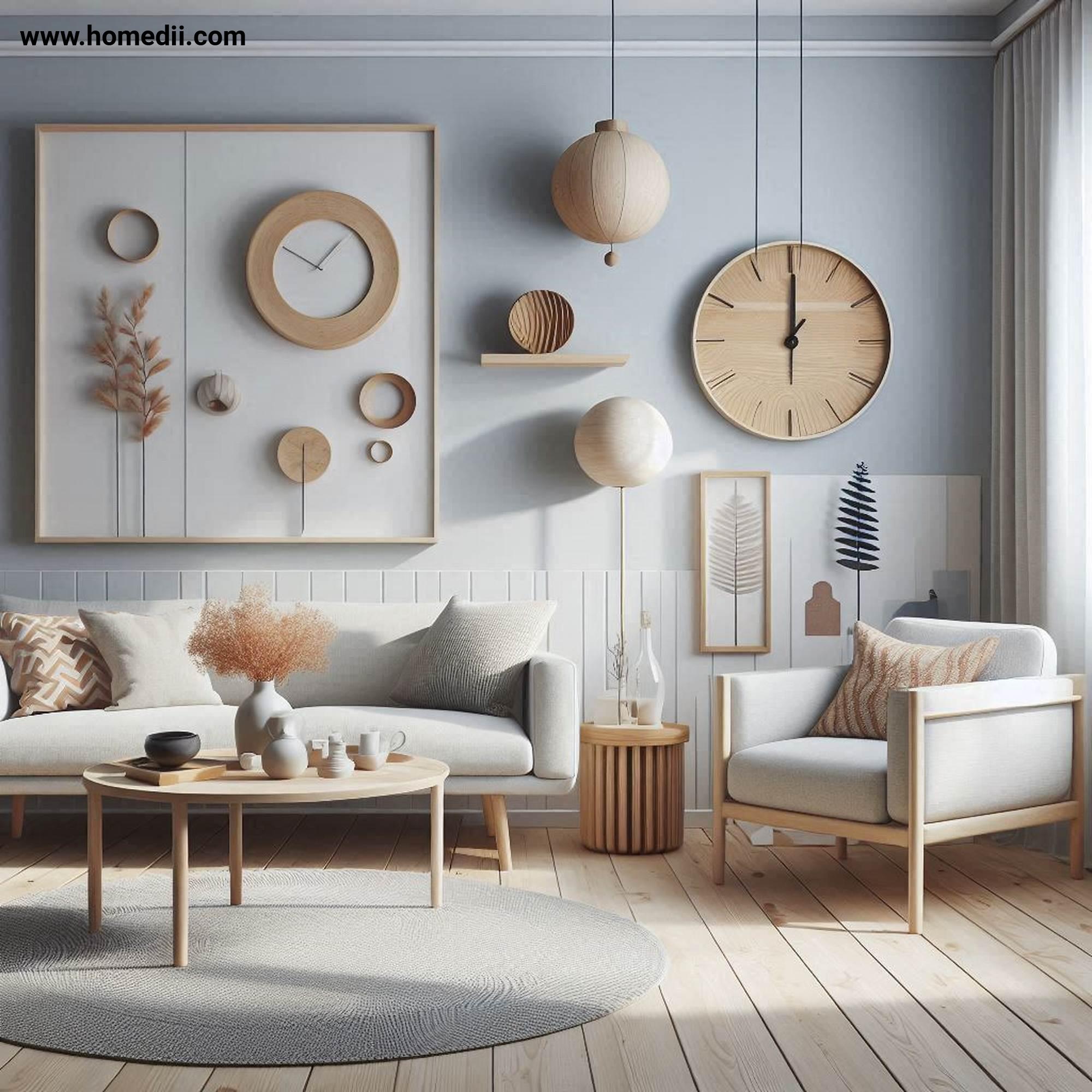
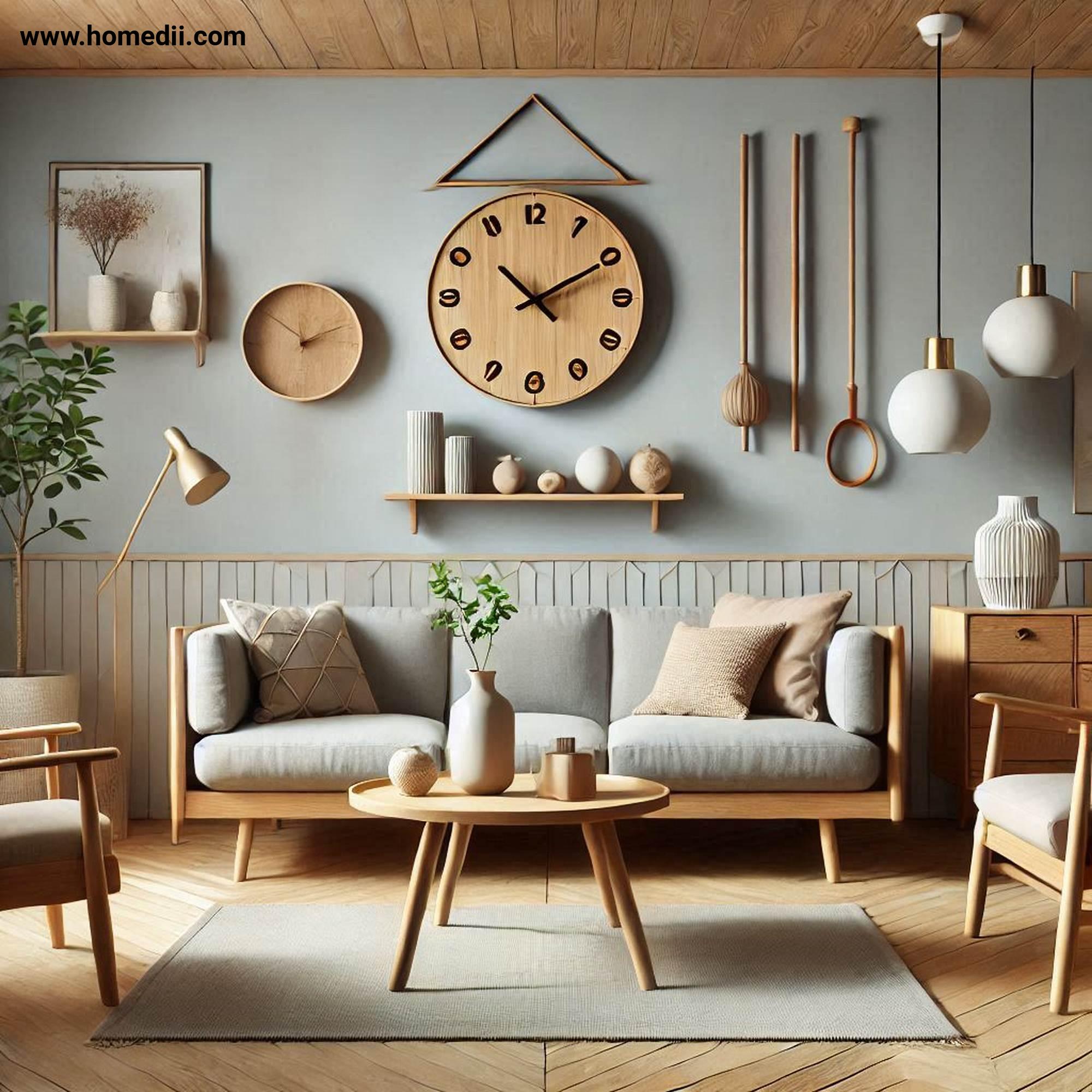
8. Incorporate Art And Personal Touches
Building on the theme of functional furniture, while minimalism is key, Scandinavian design also encourages personal expression. Incorporating art and personal touches can add character and warmth to the space. Choose artwork that you love, whether it’s a painting, a photograph, or a print. Displaying personal items, like family photos or travel souvenirs, can also make the space feel more personal and inviting. Remember to keep it curated and avoid excessive clutter.
The design idea is involving objects like Art, Personal Touches, Paintings, Photographs, Prints, Personal Items
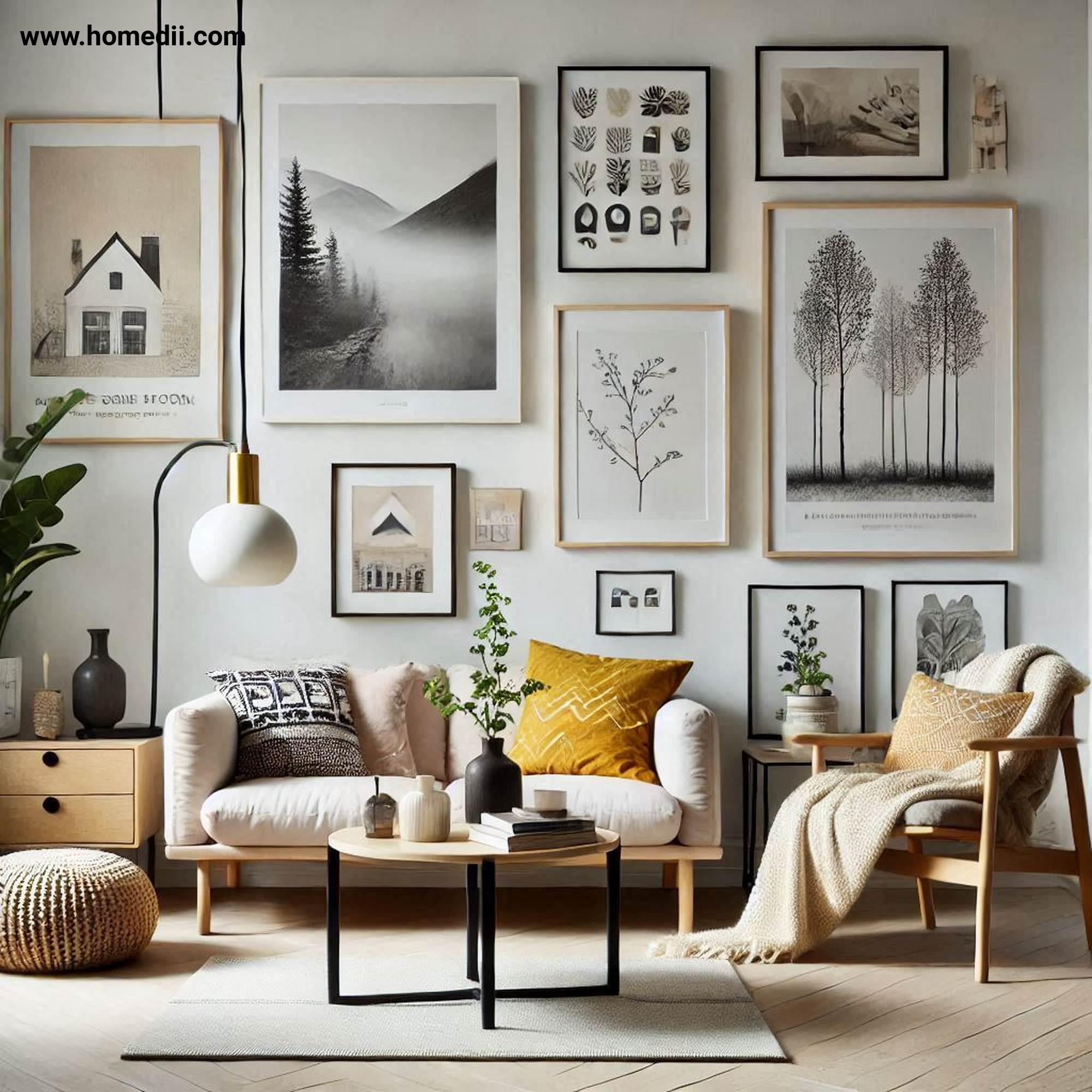
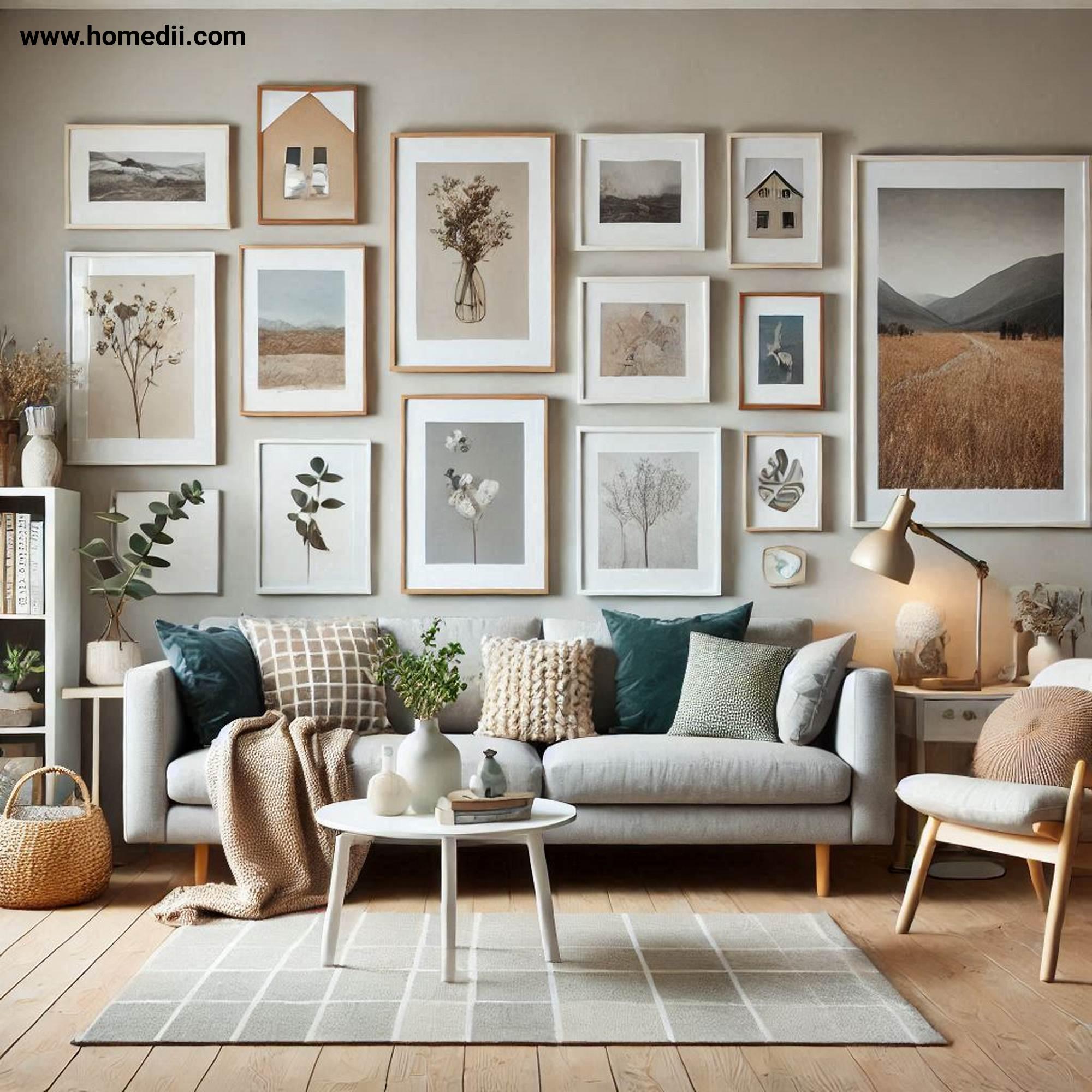
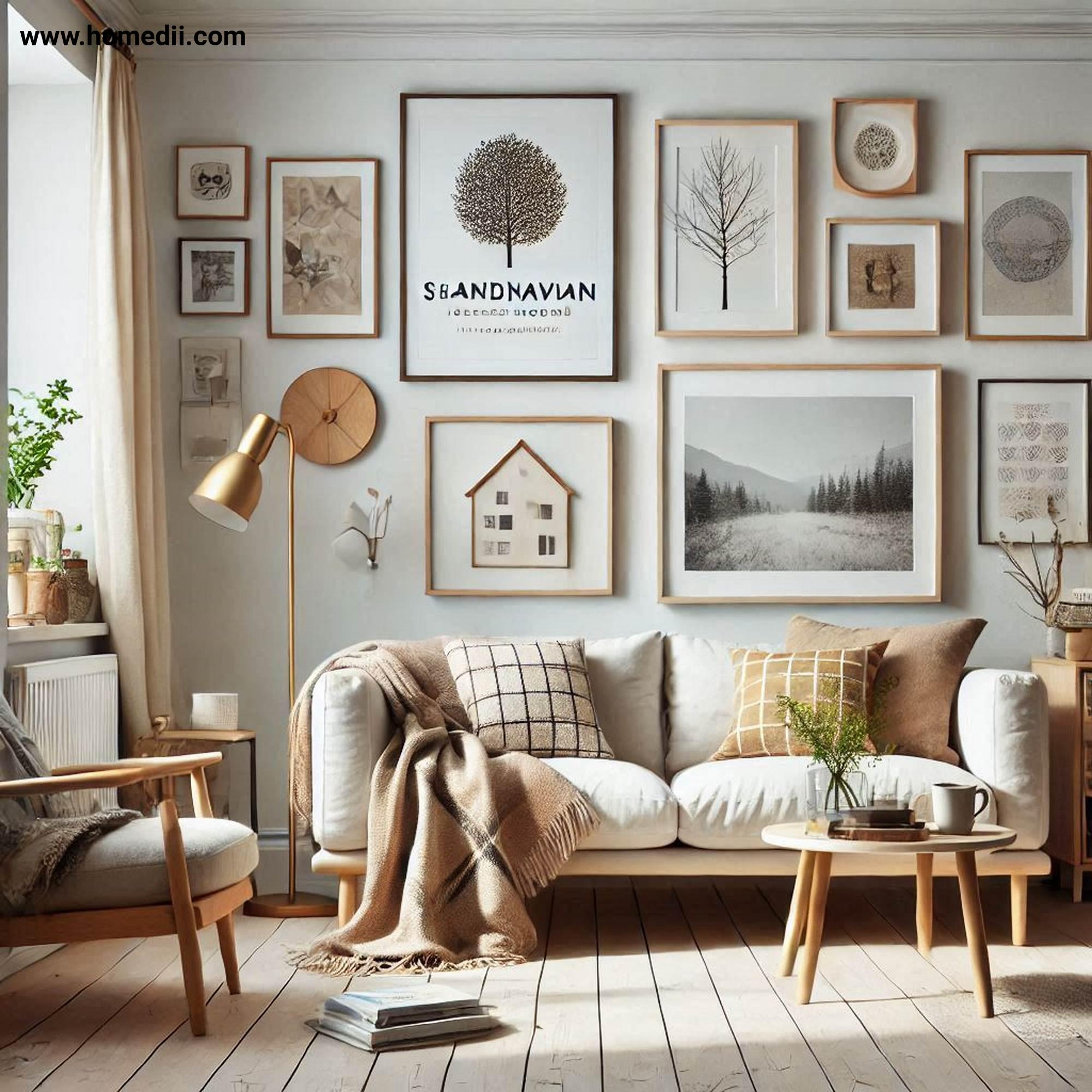
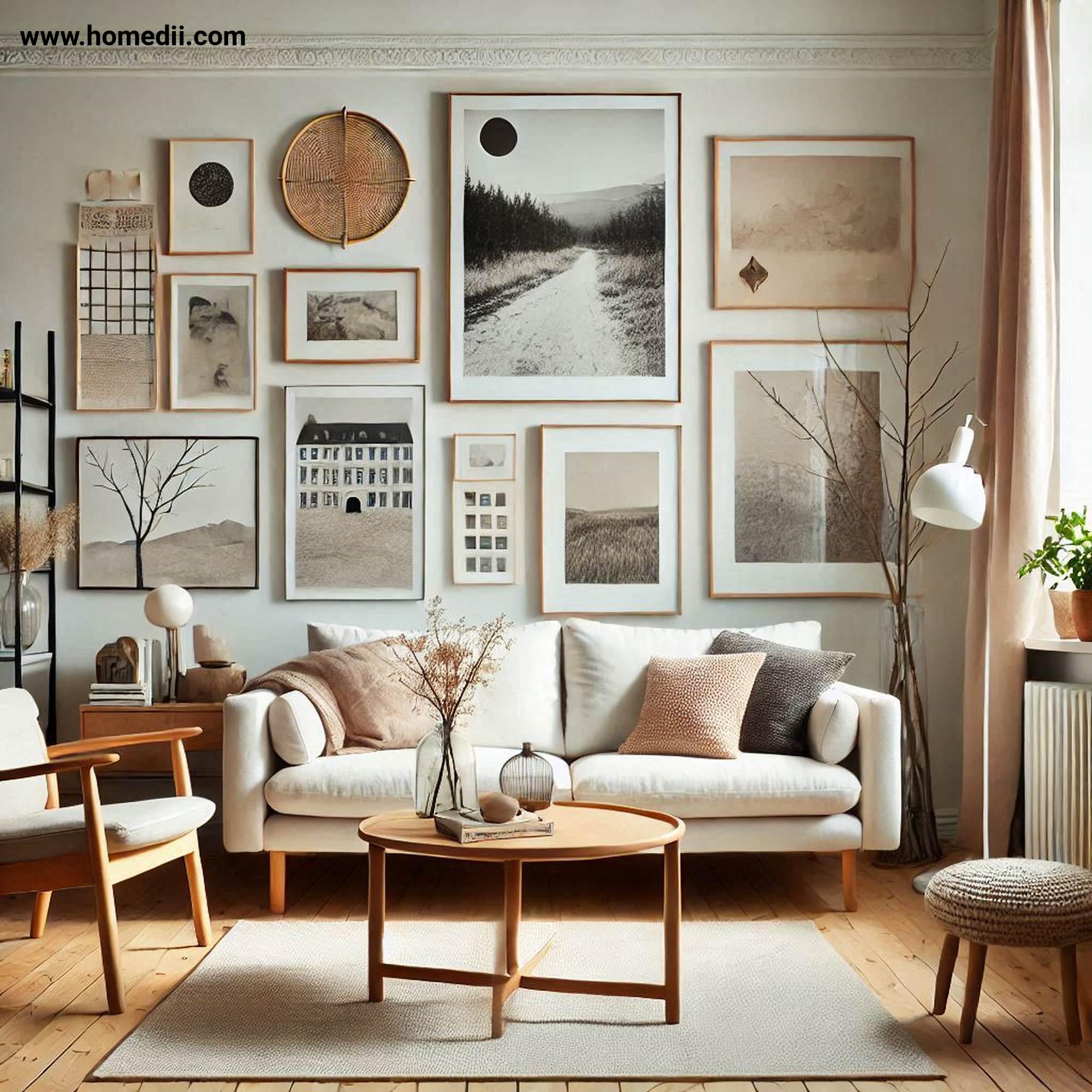
Hopefully, these tips have provided you with a solid understanding of Scandinavian design principles and inspired you to incorporate this beautiful and functional style into your own home. Remember that the key is to create a space that is both aesthetically pleasing and comfortable, a sanctuary where you can relax and recharge. By focusing on simplicity, natural materials, and functionality, you can achieve that coveted Scandinavian look and create a home that truly reflects your personal style. We hope these tips are useful for you.
